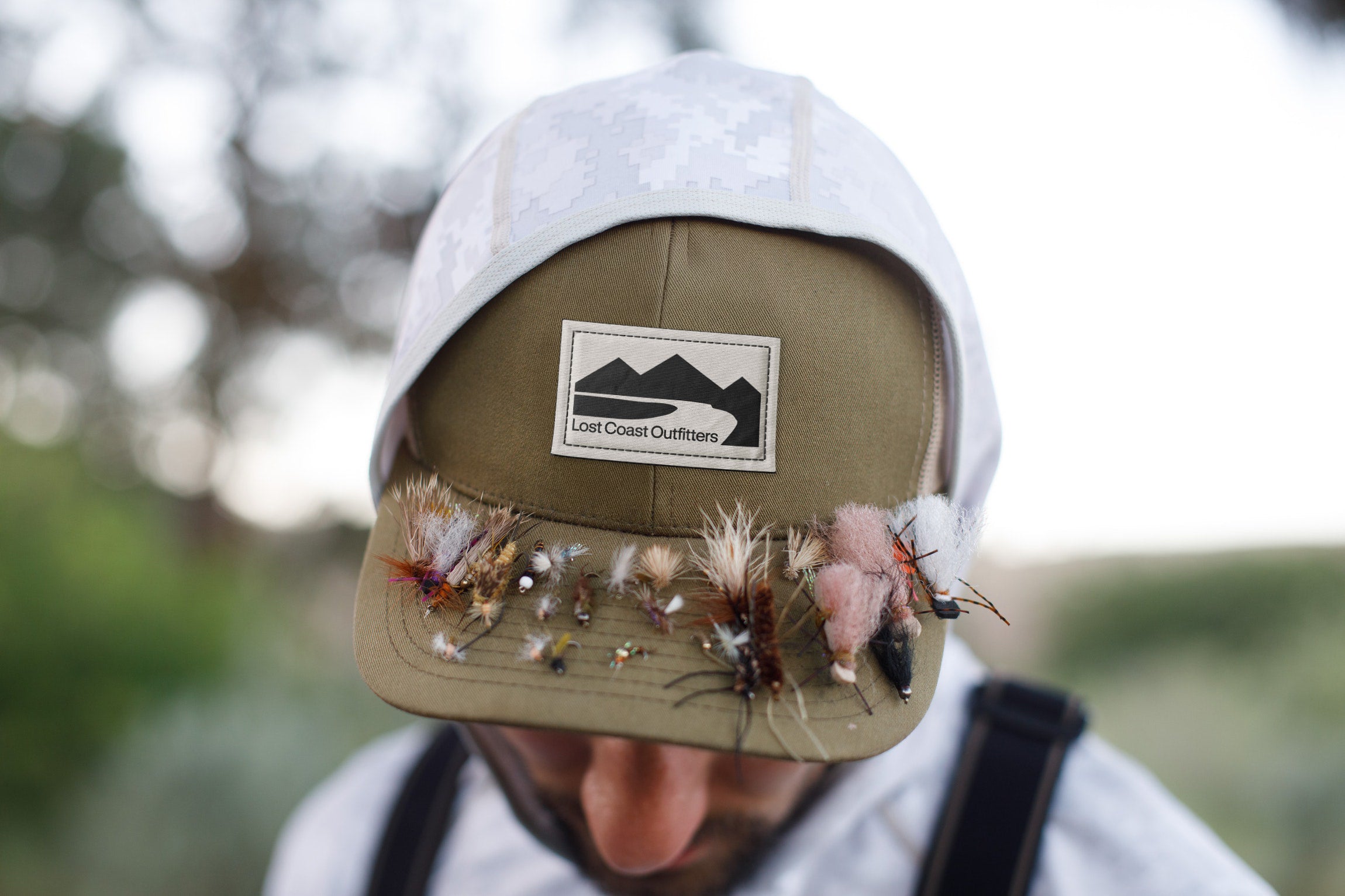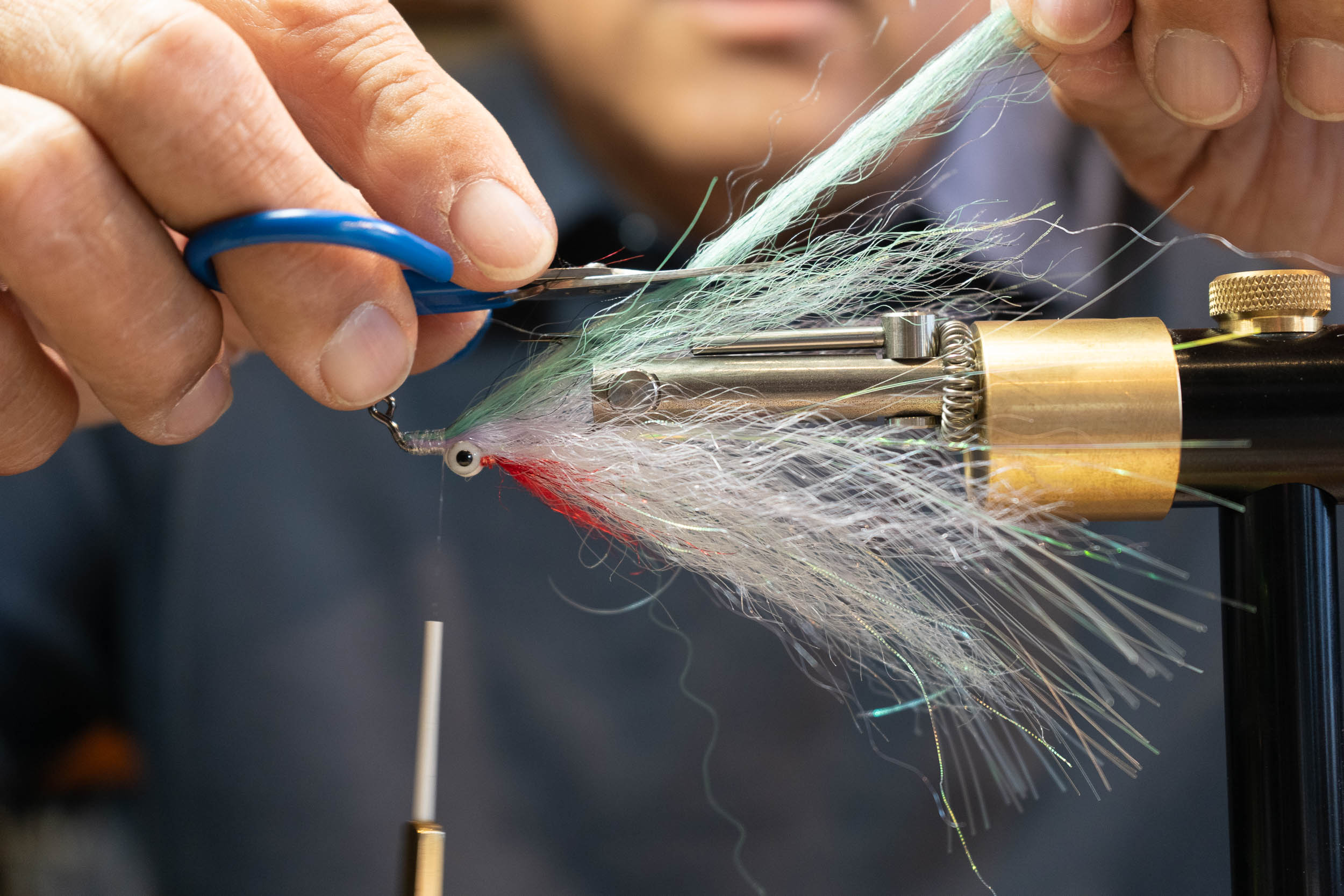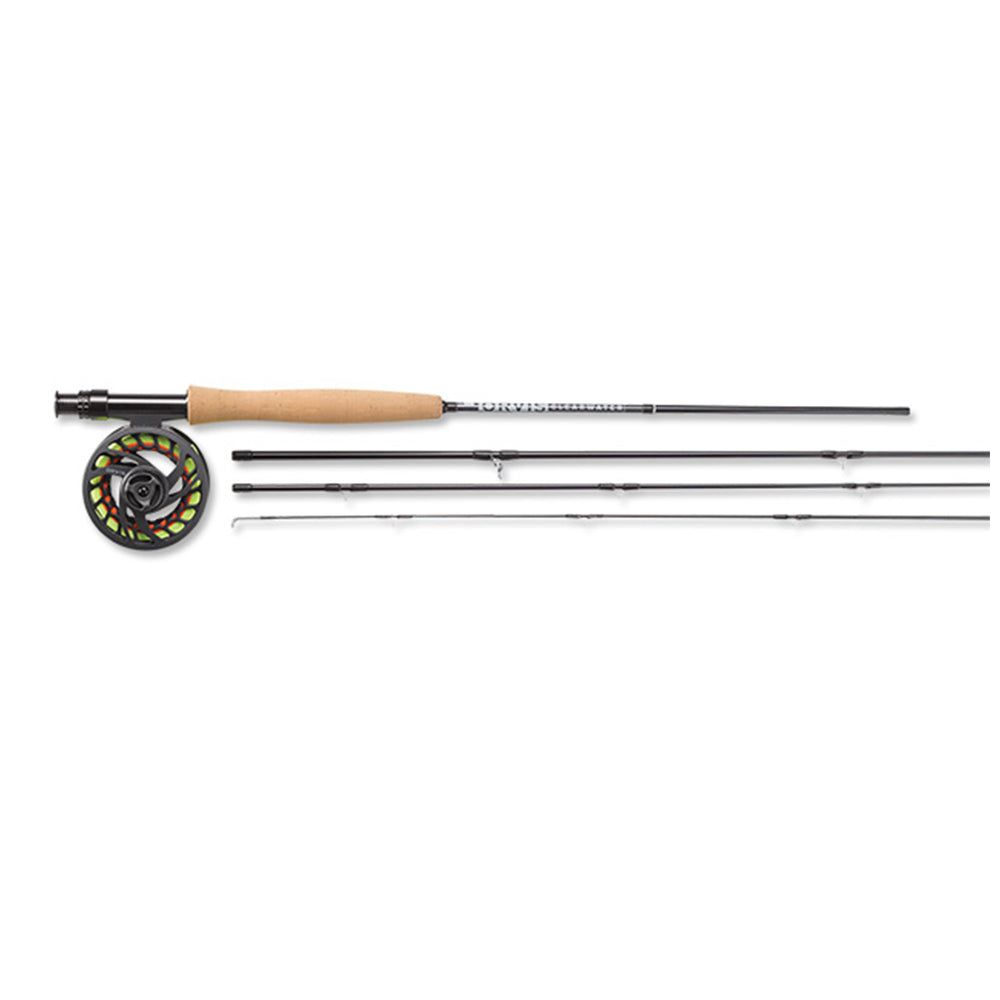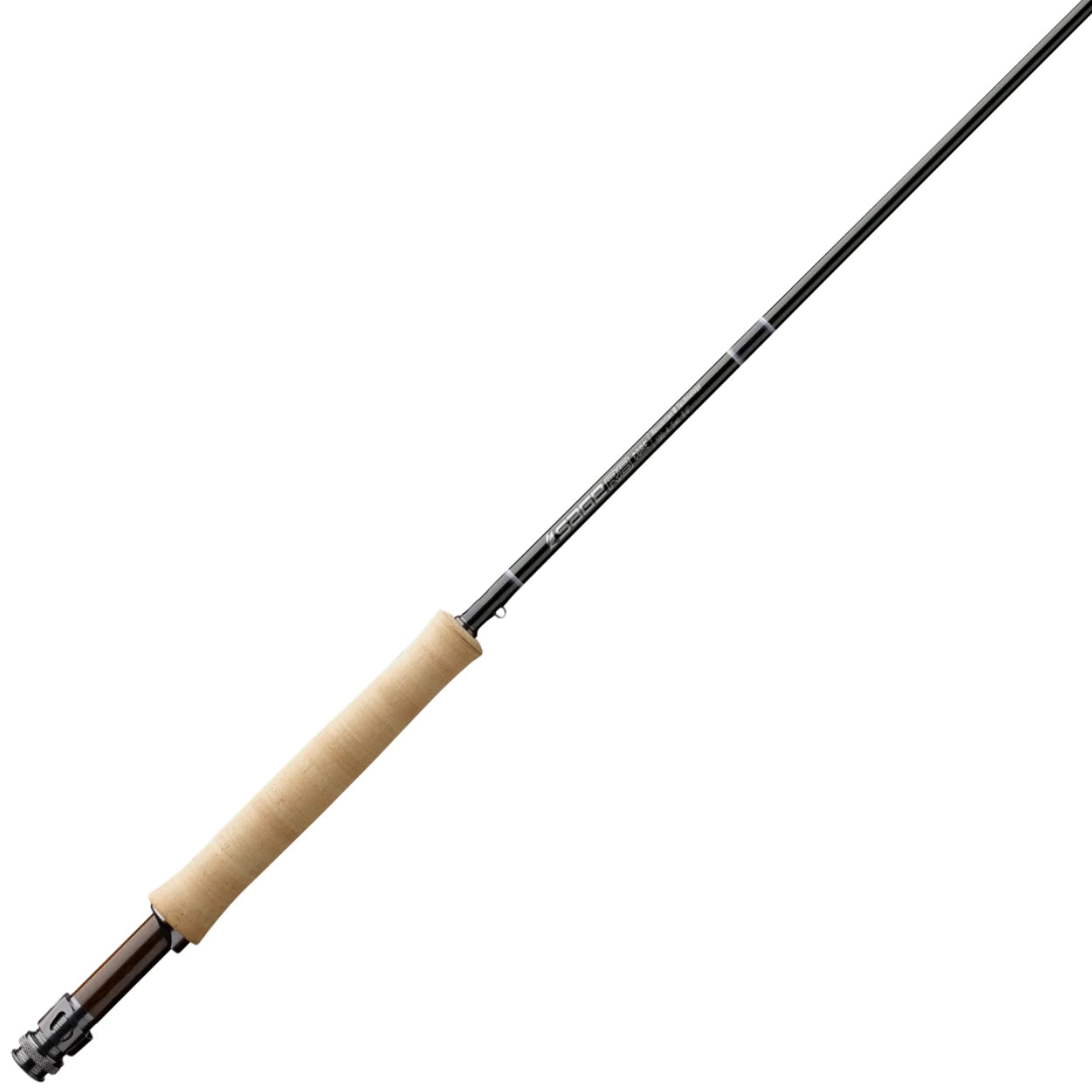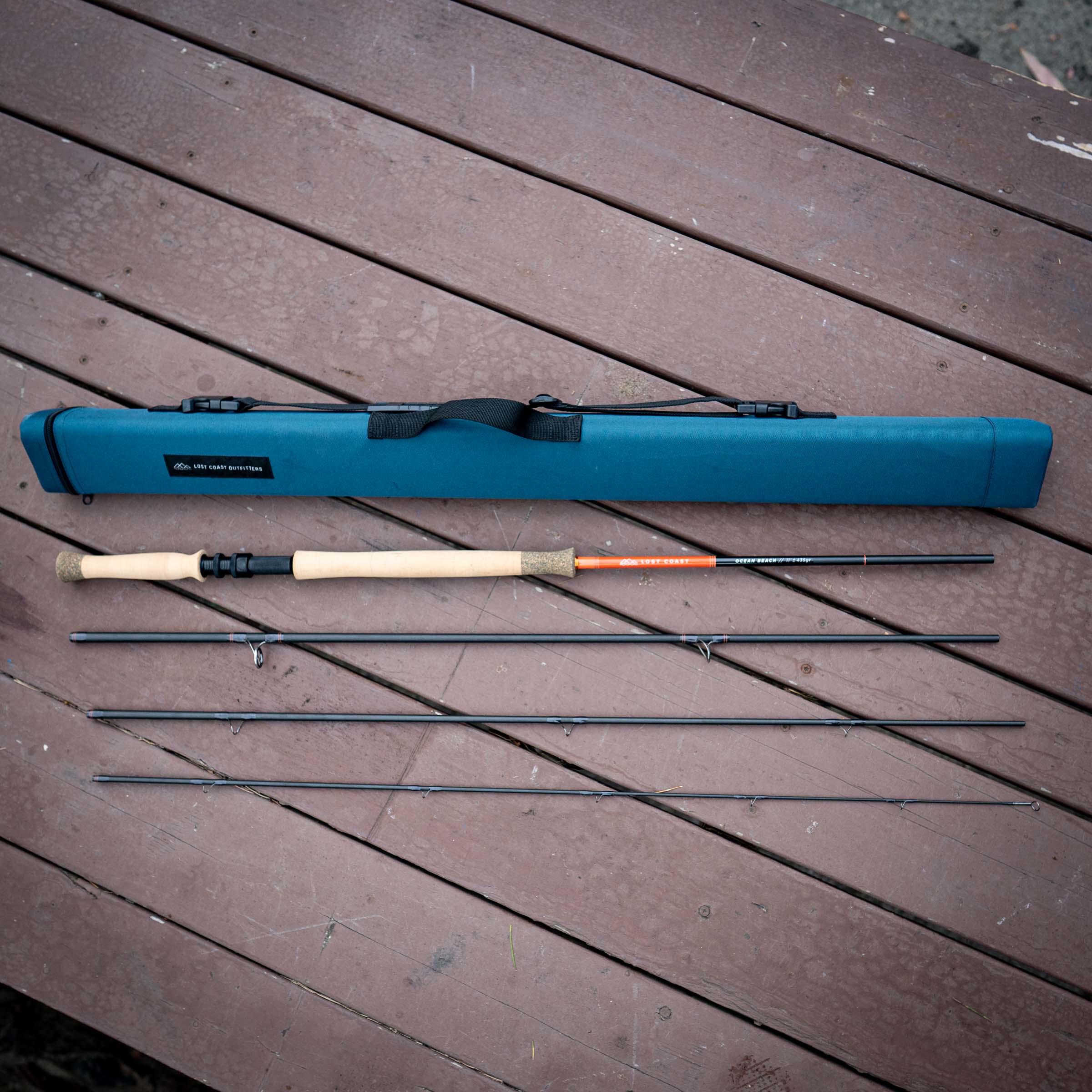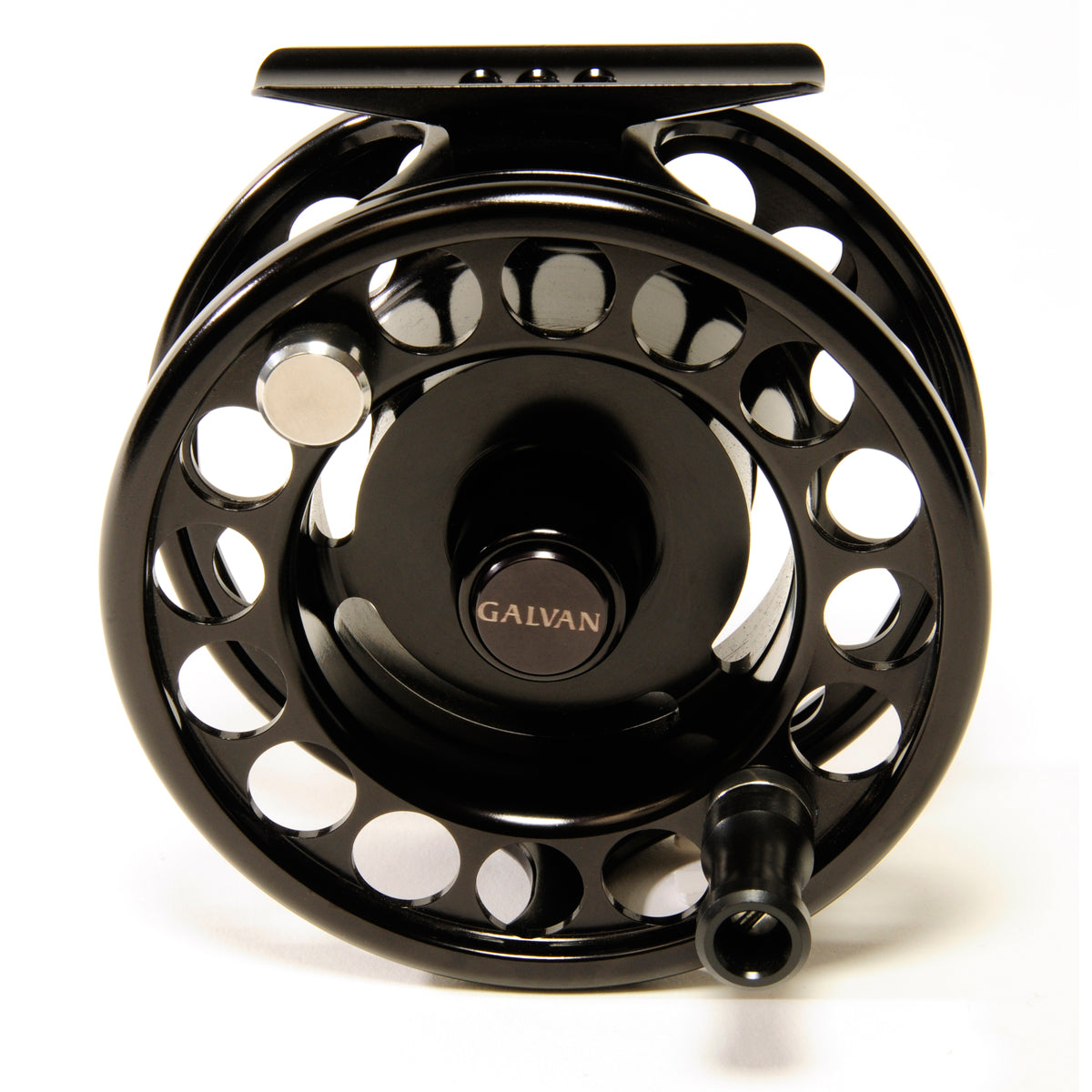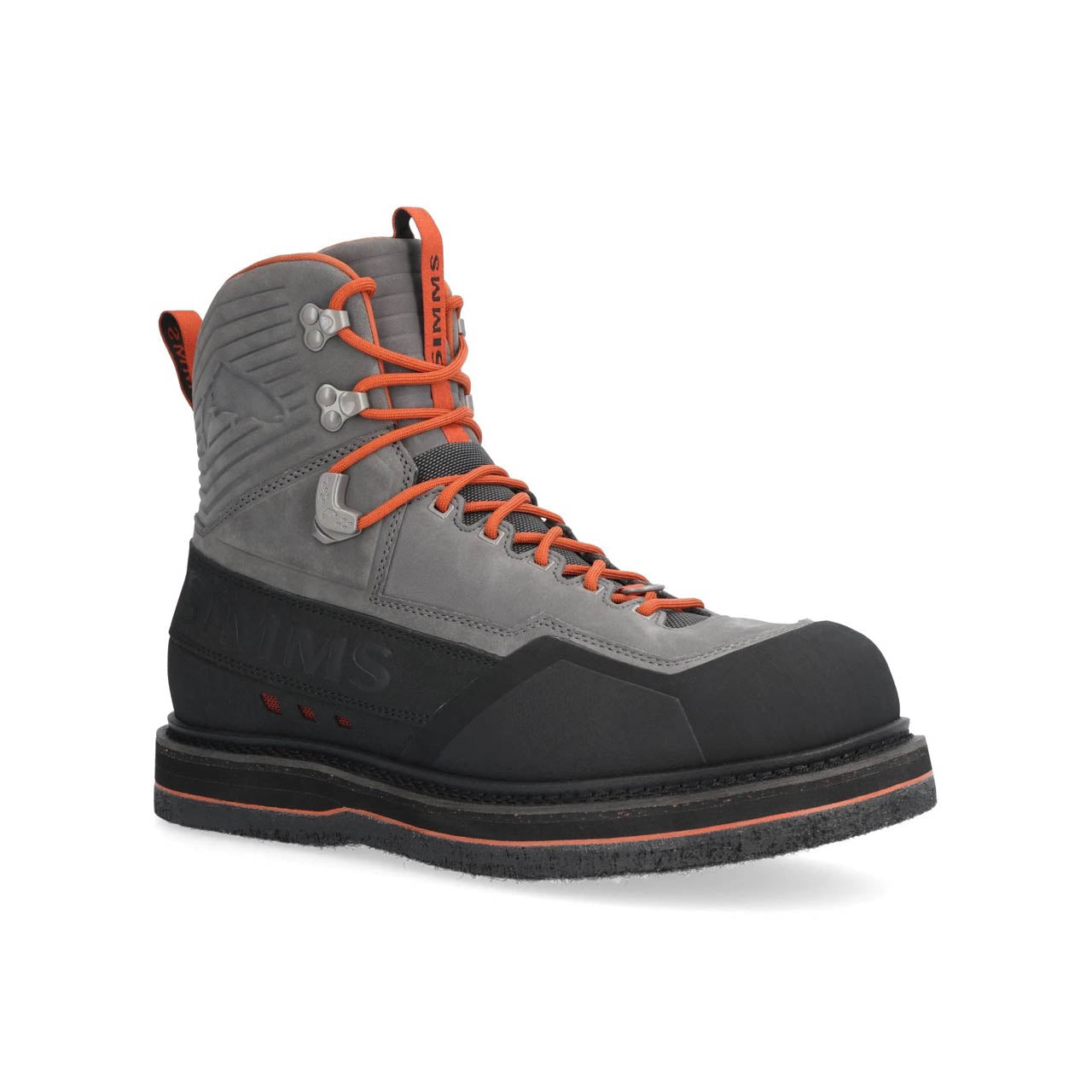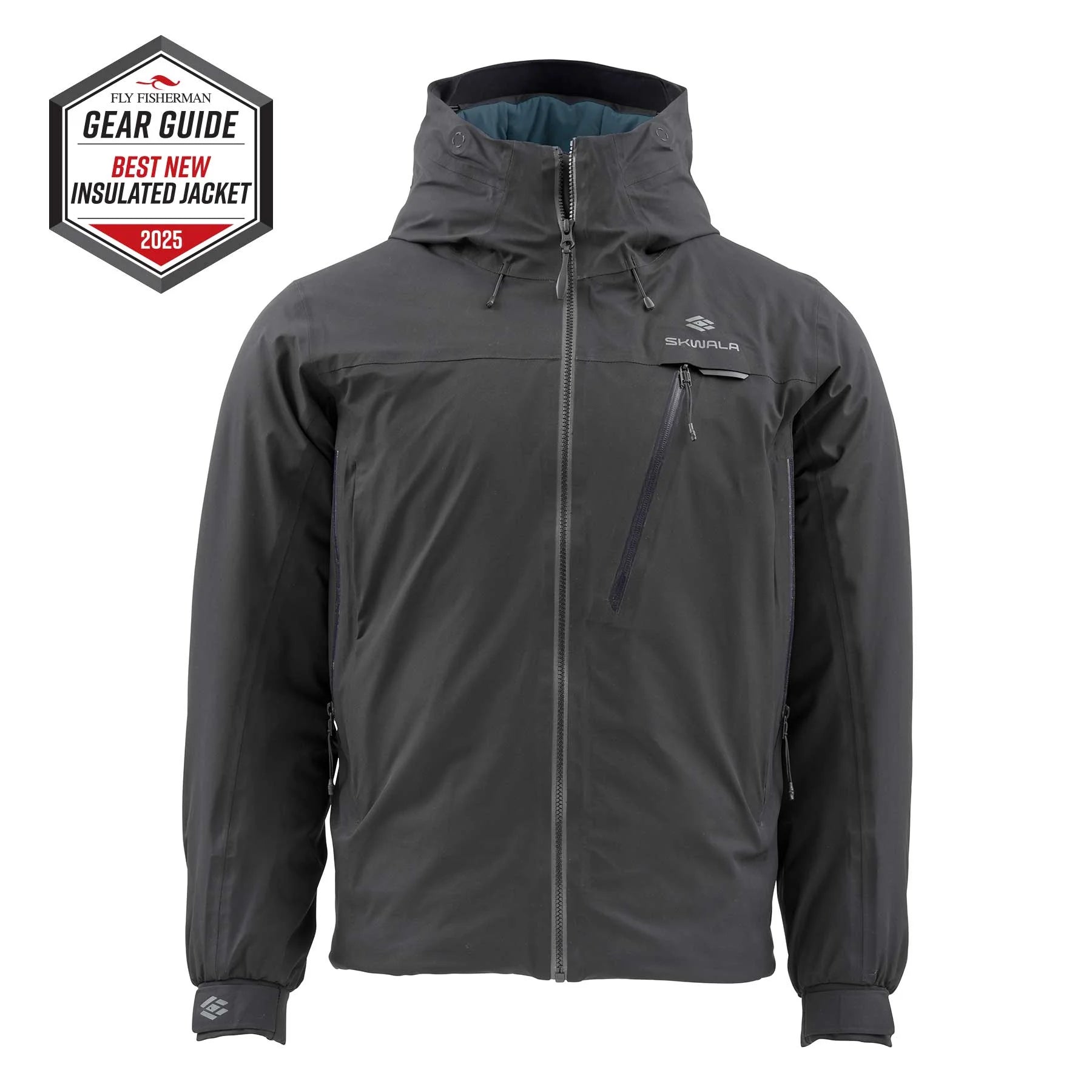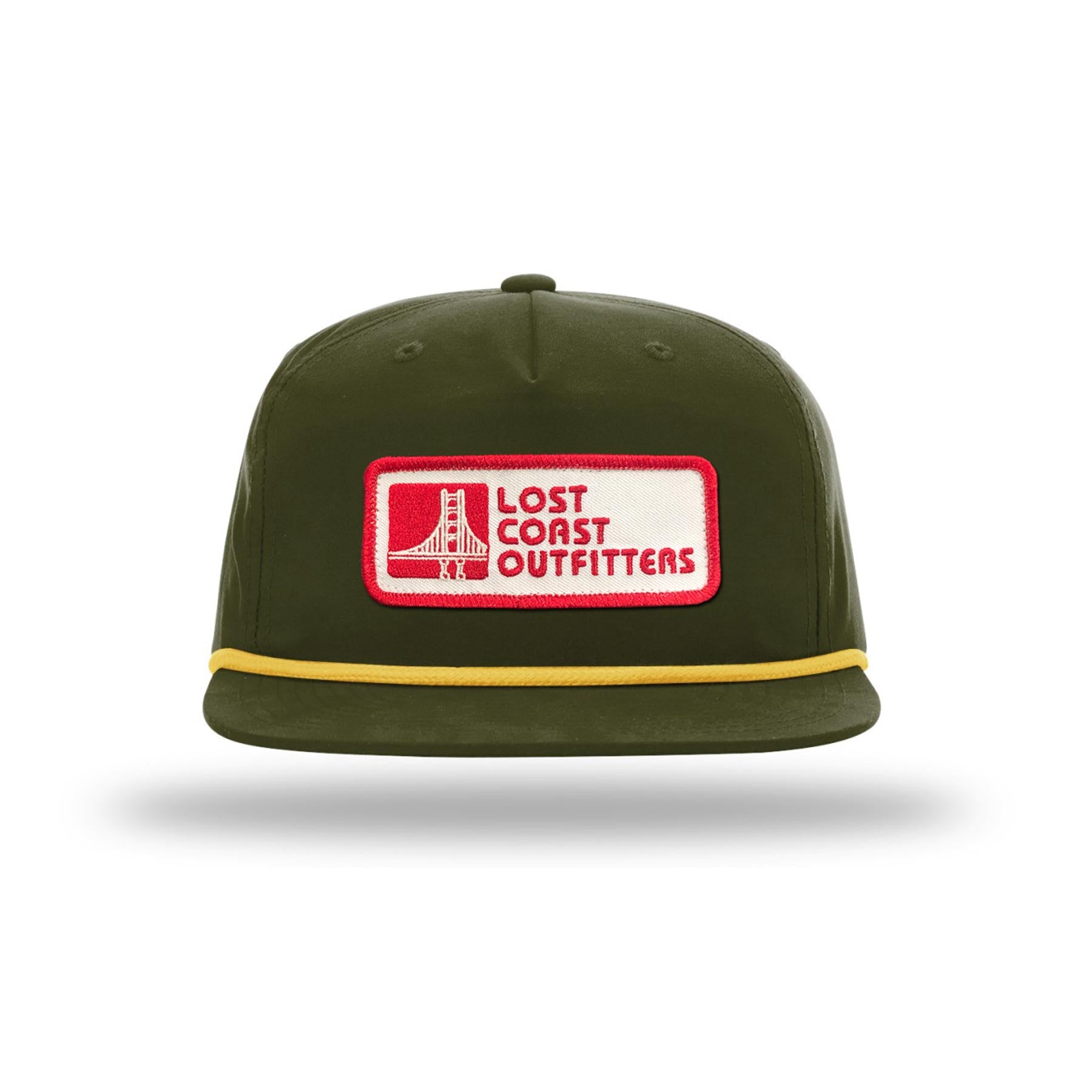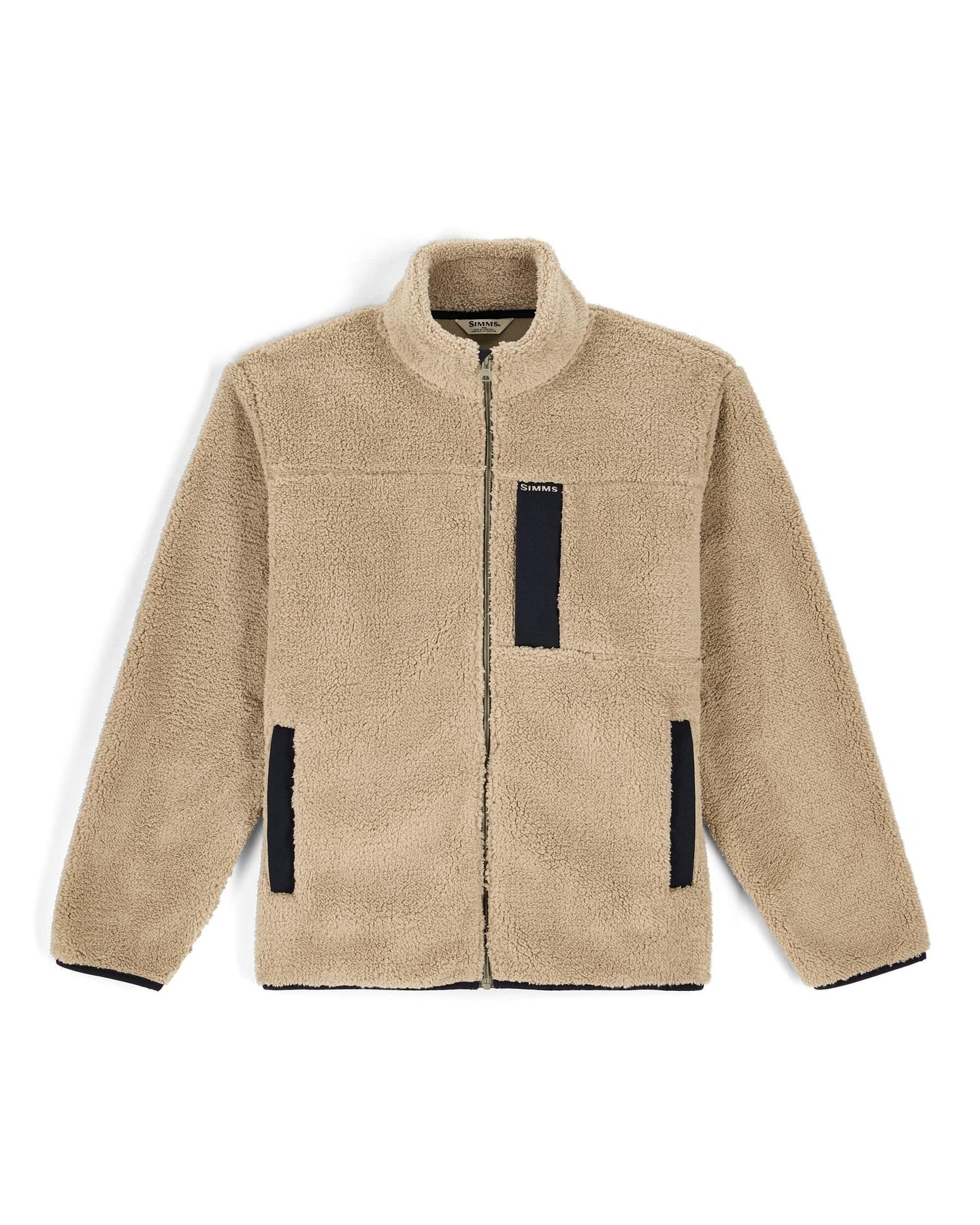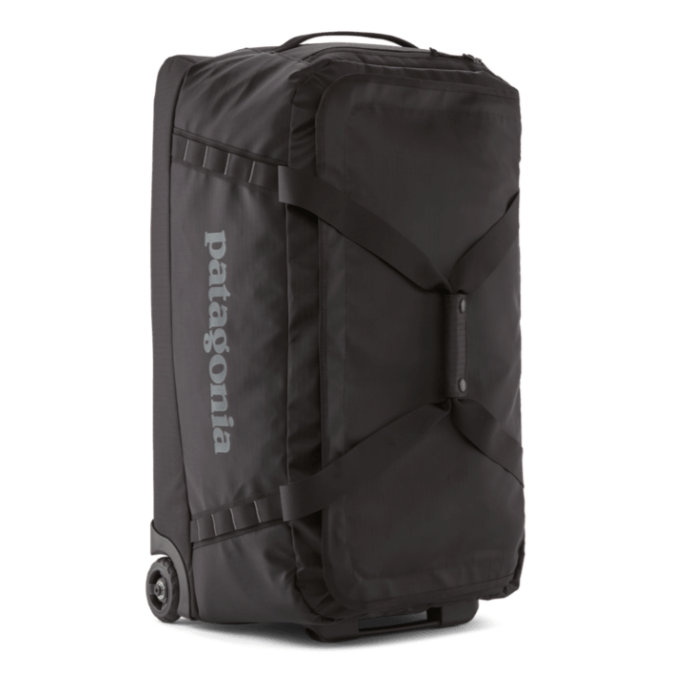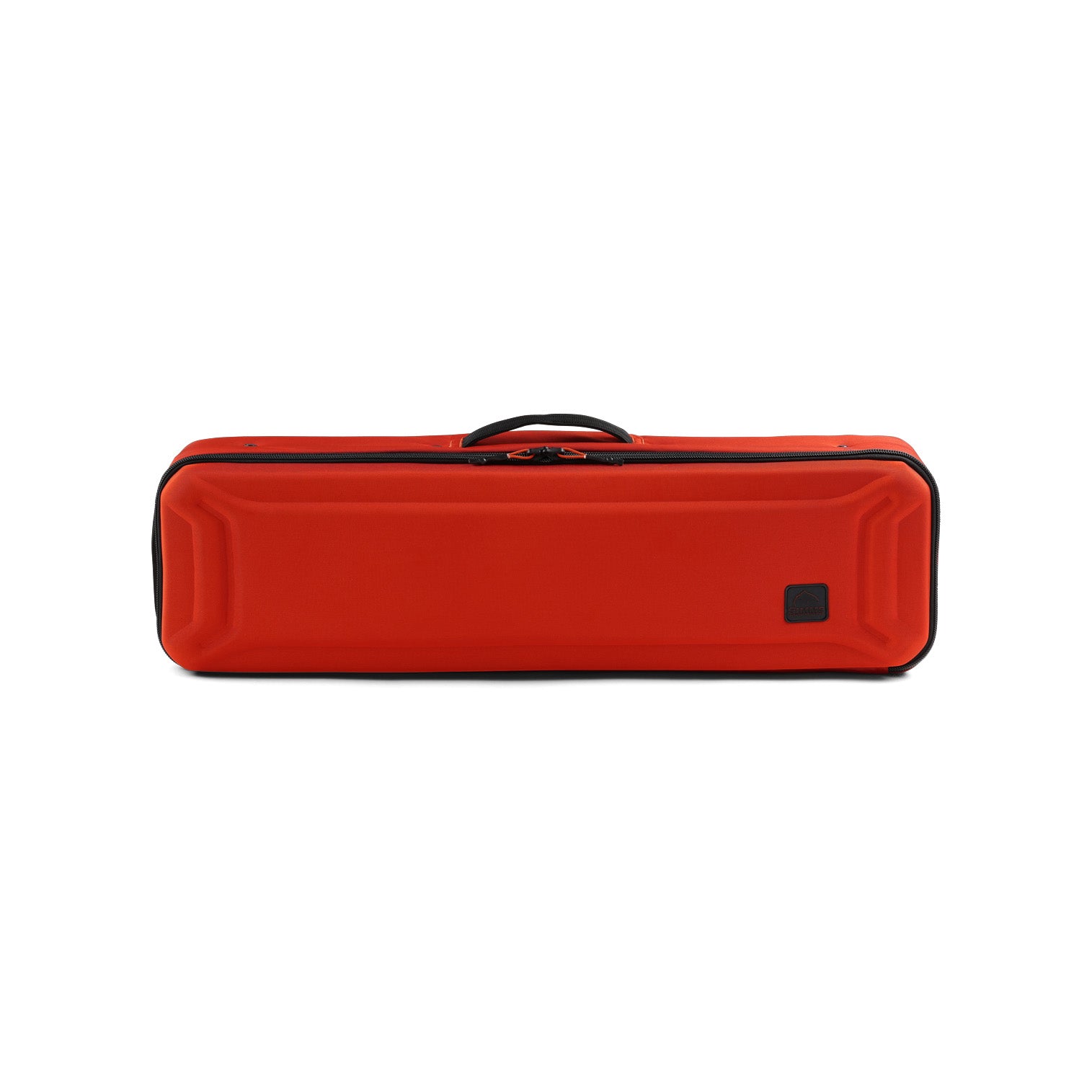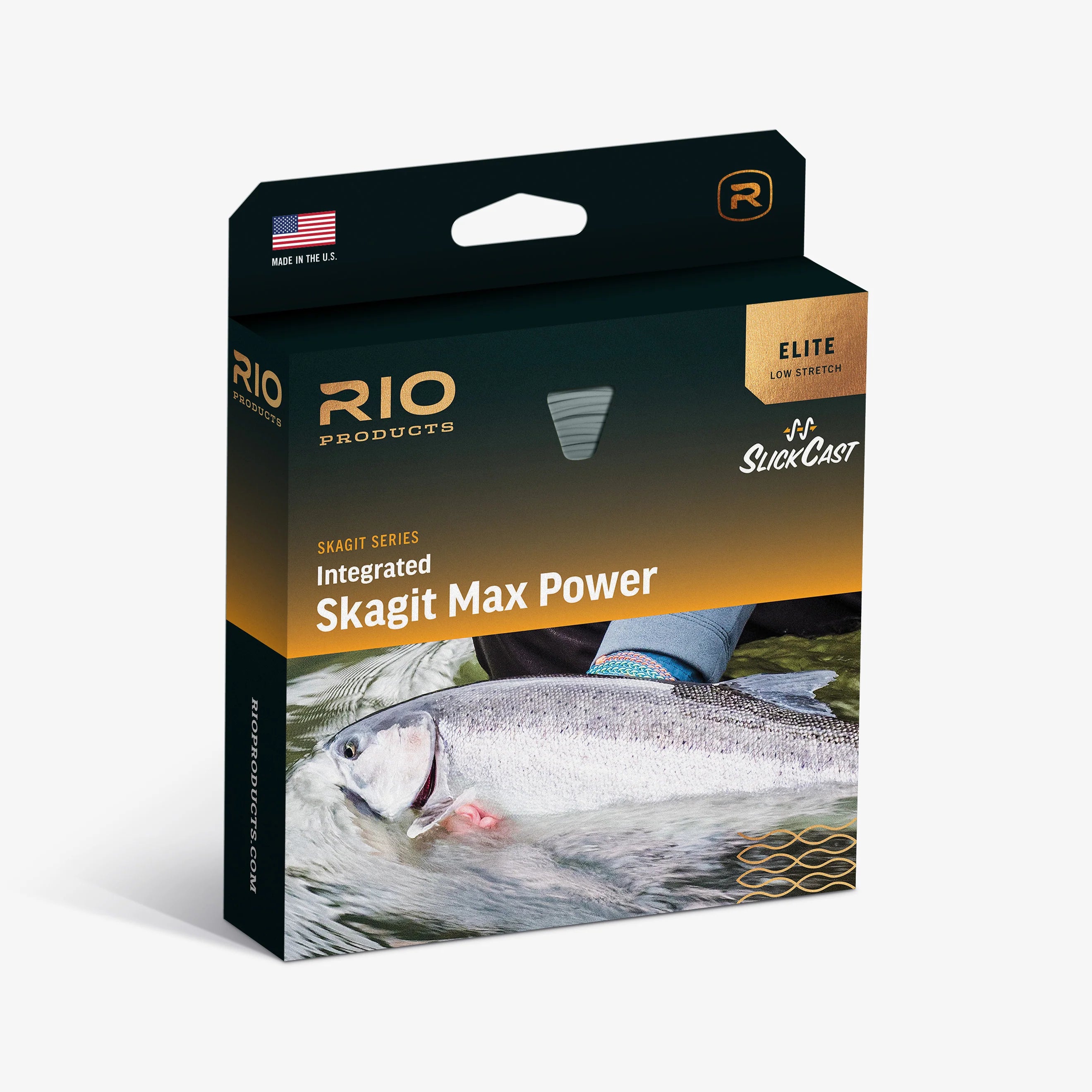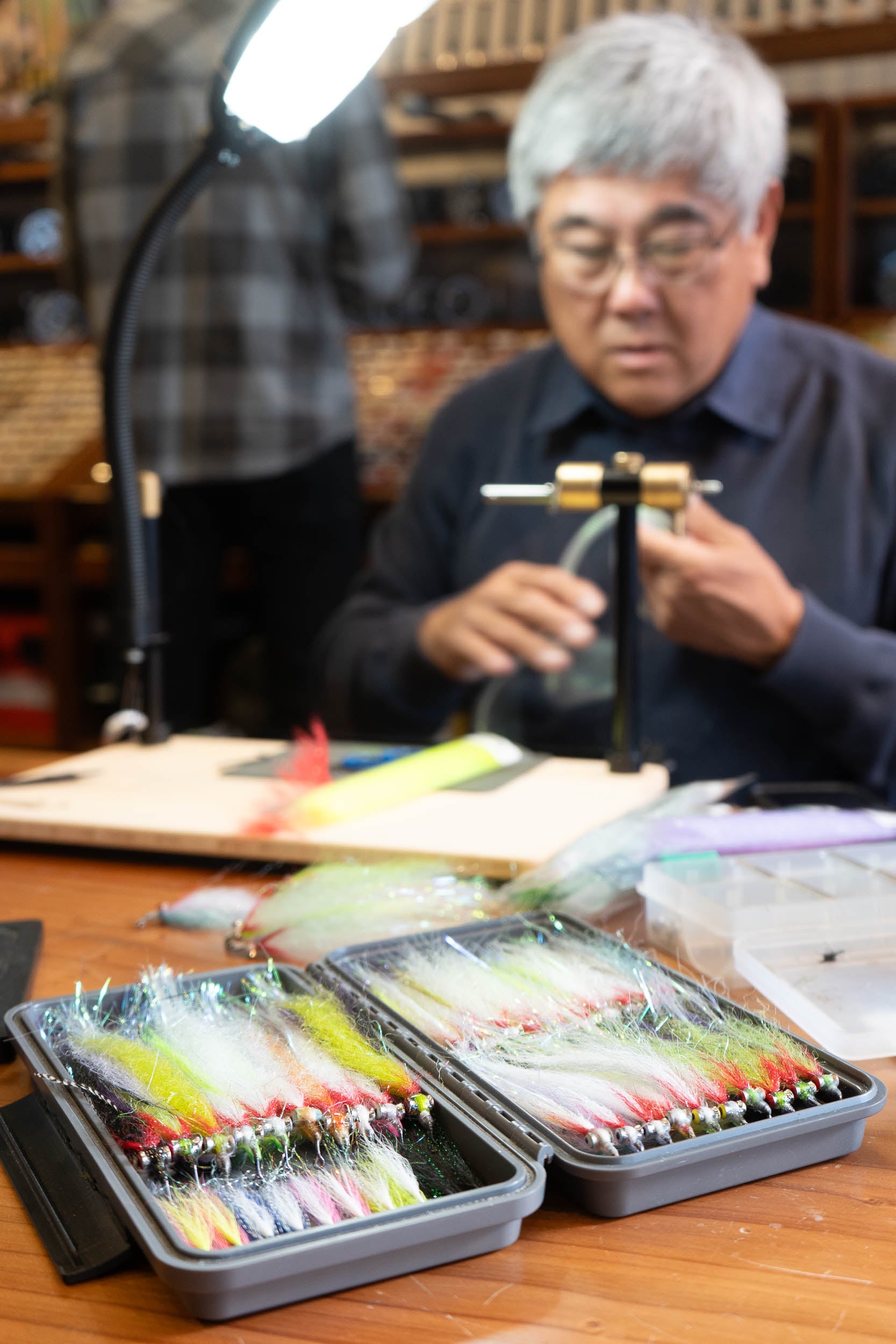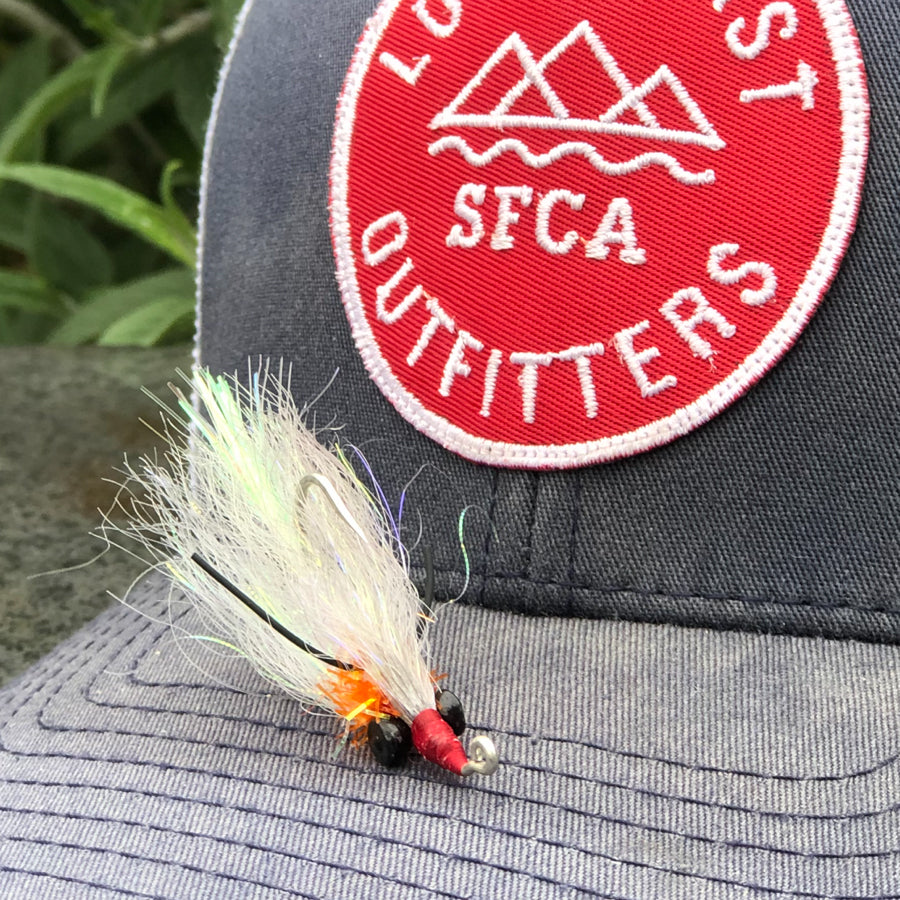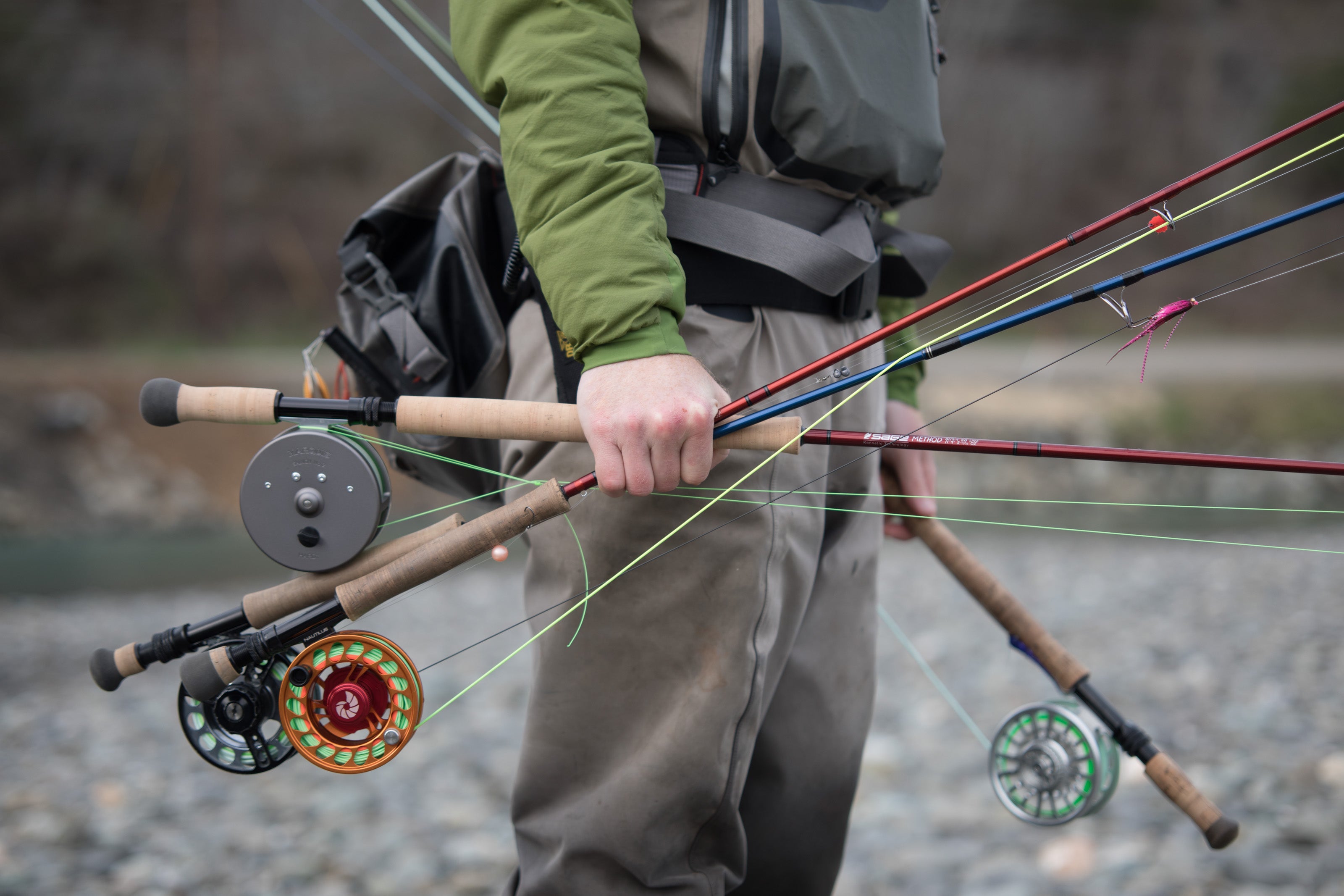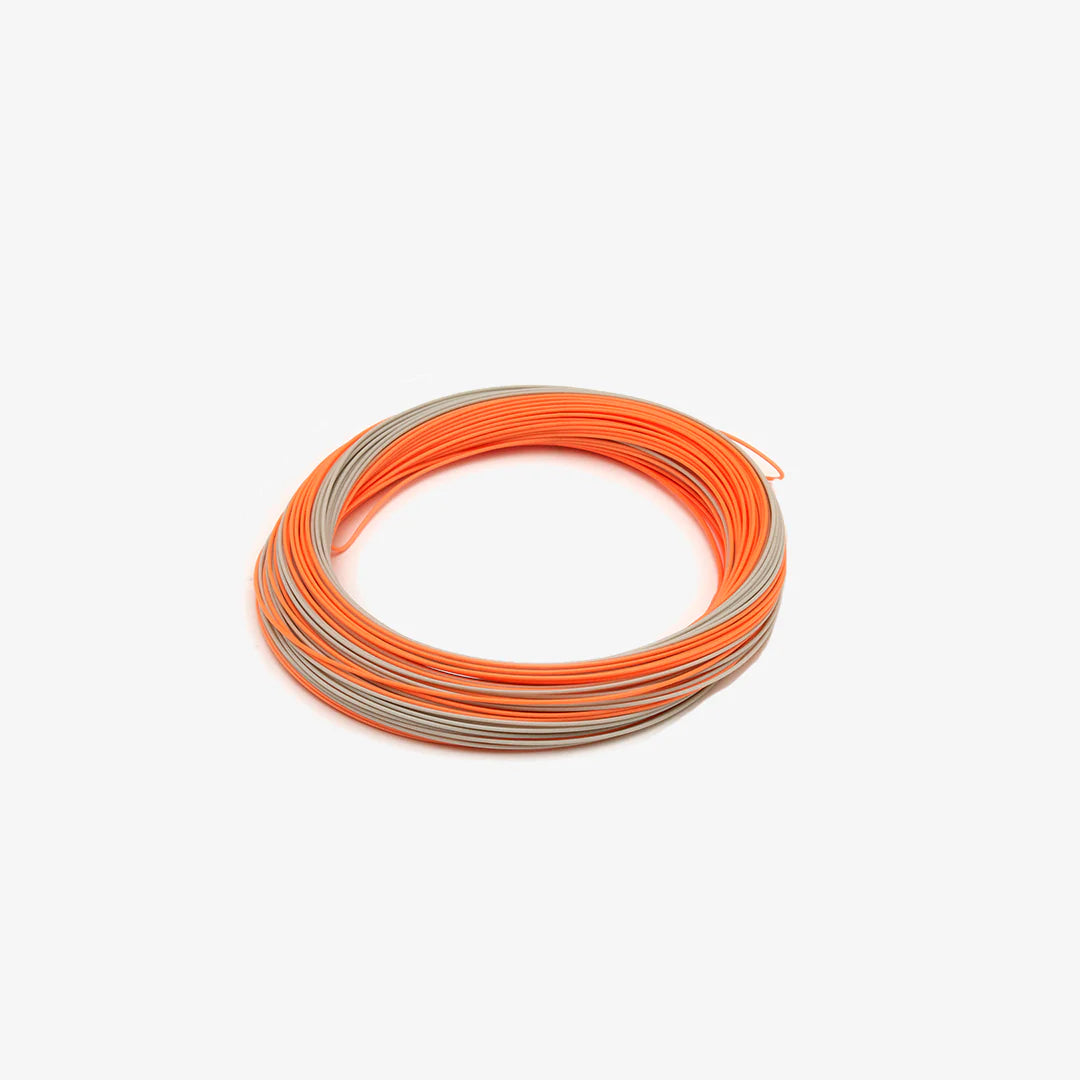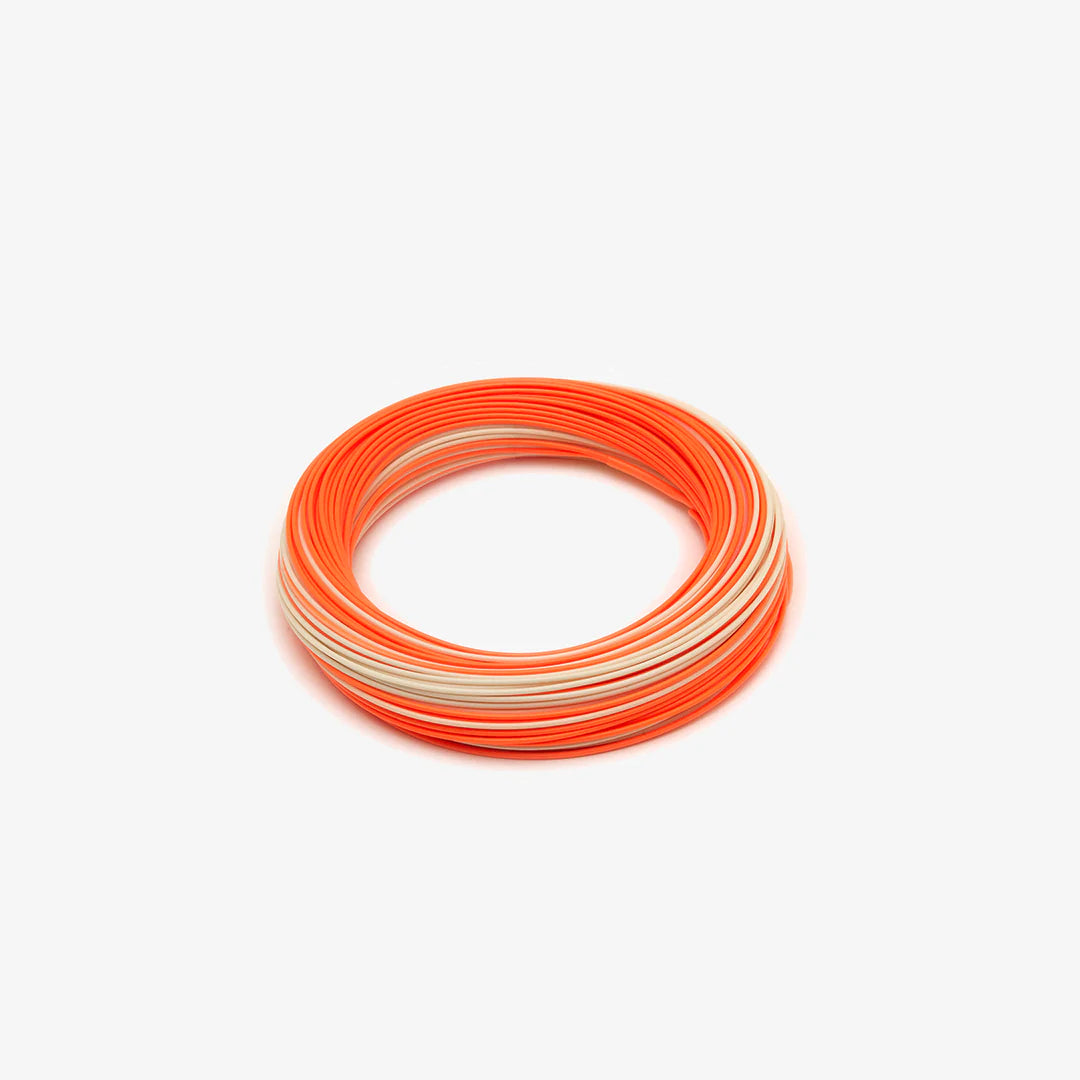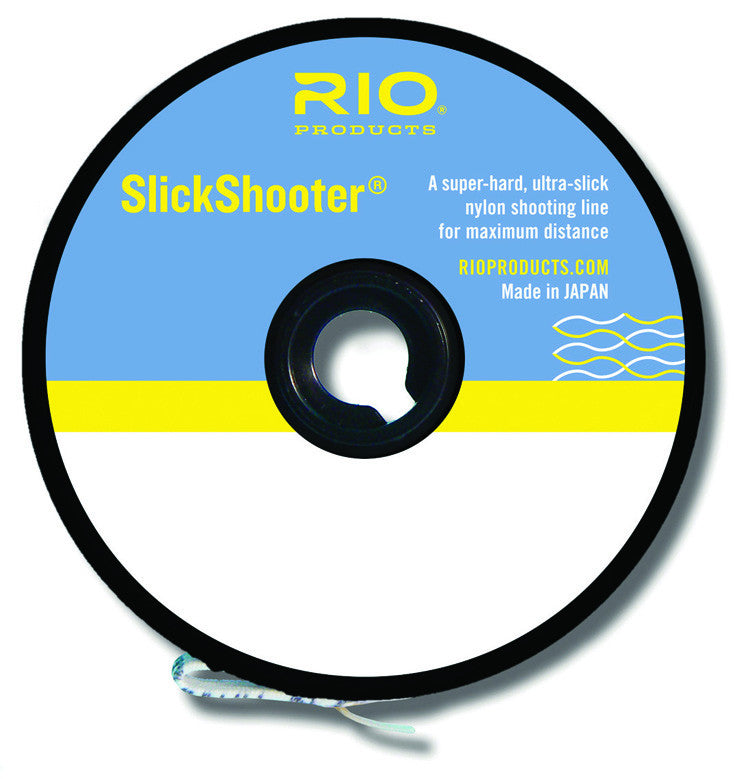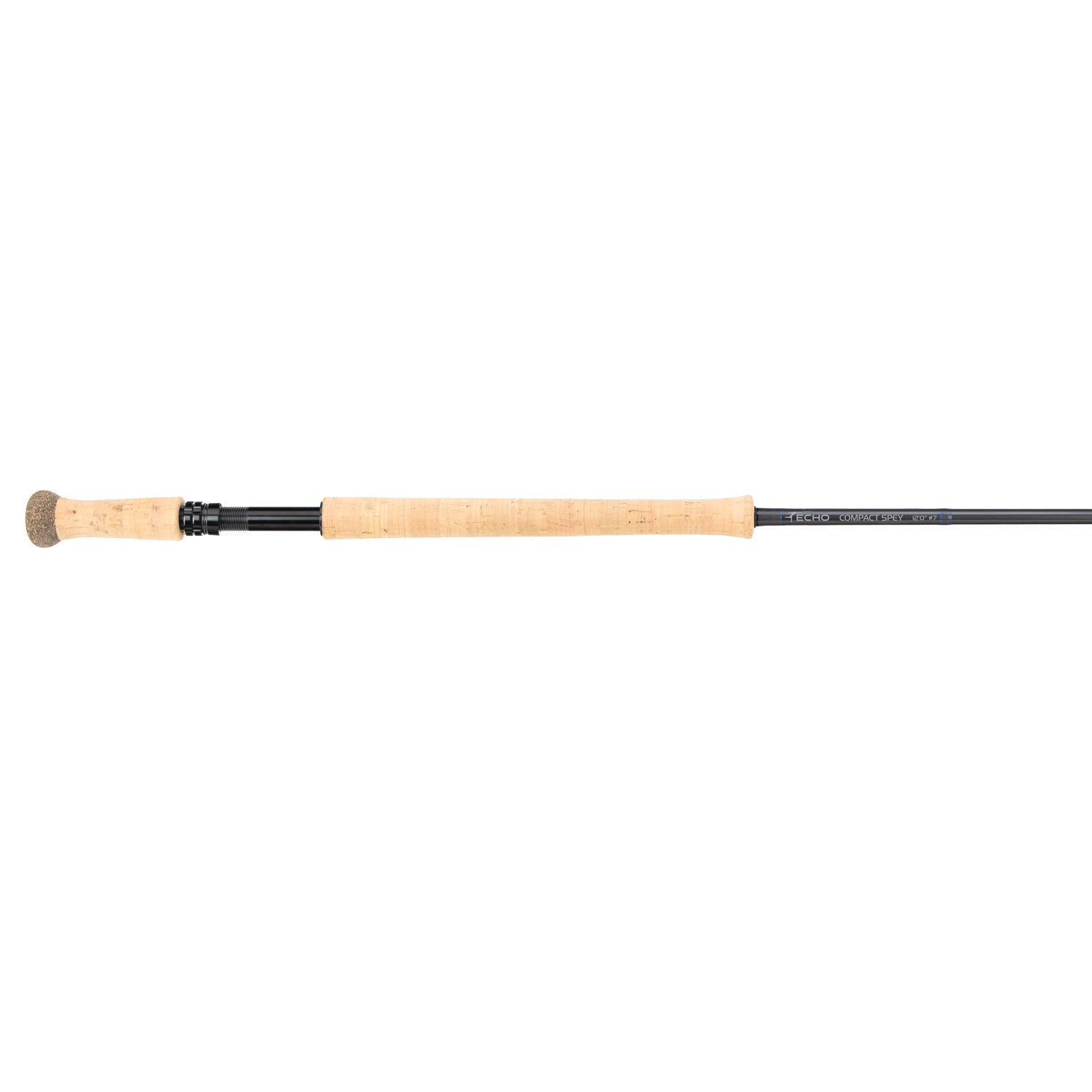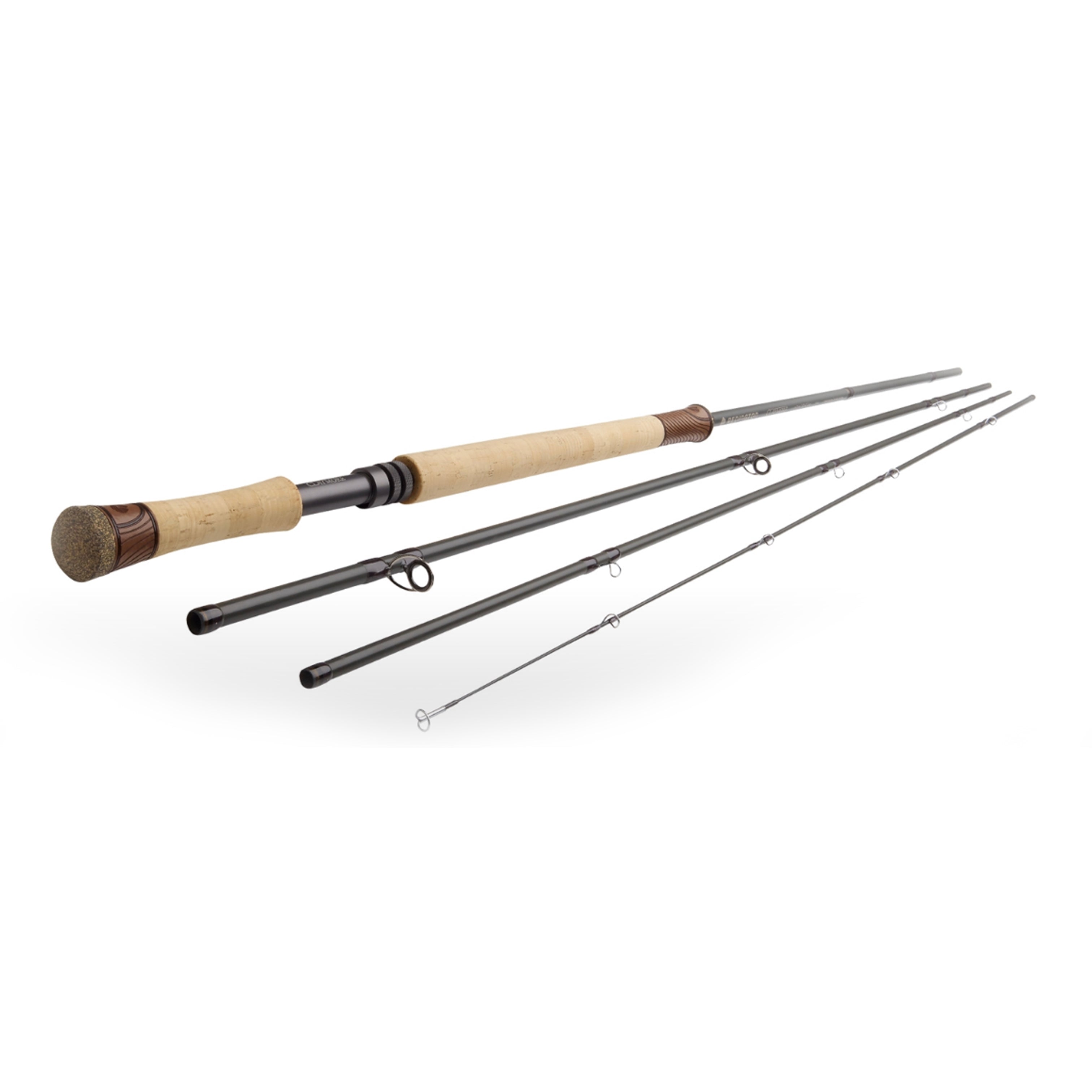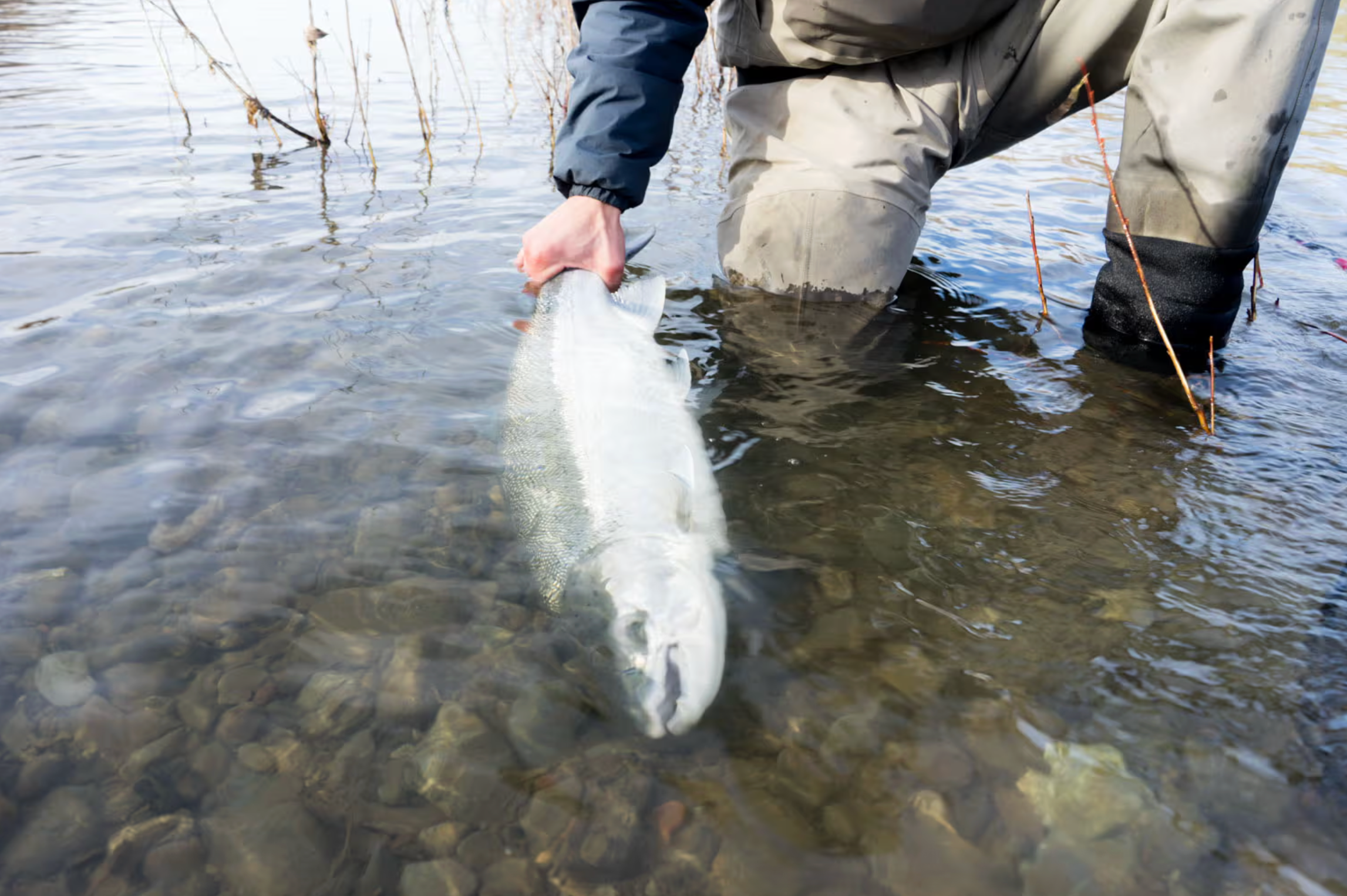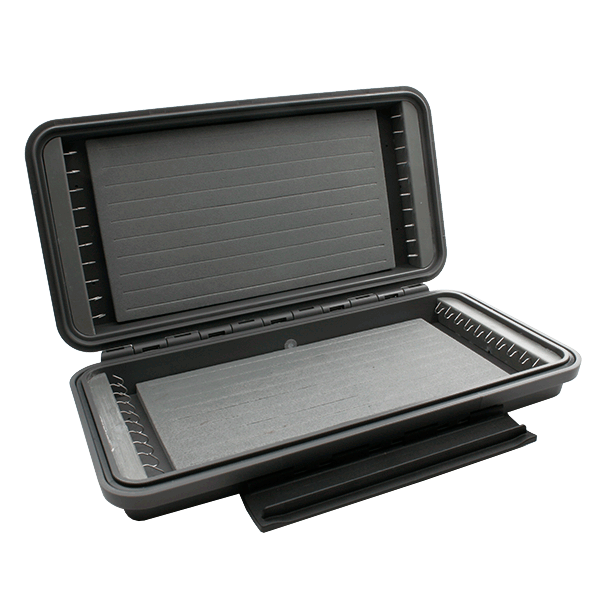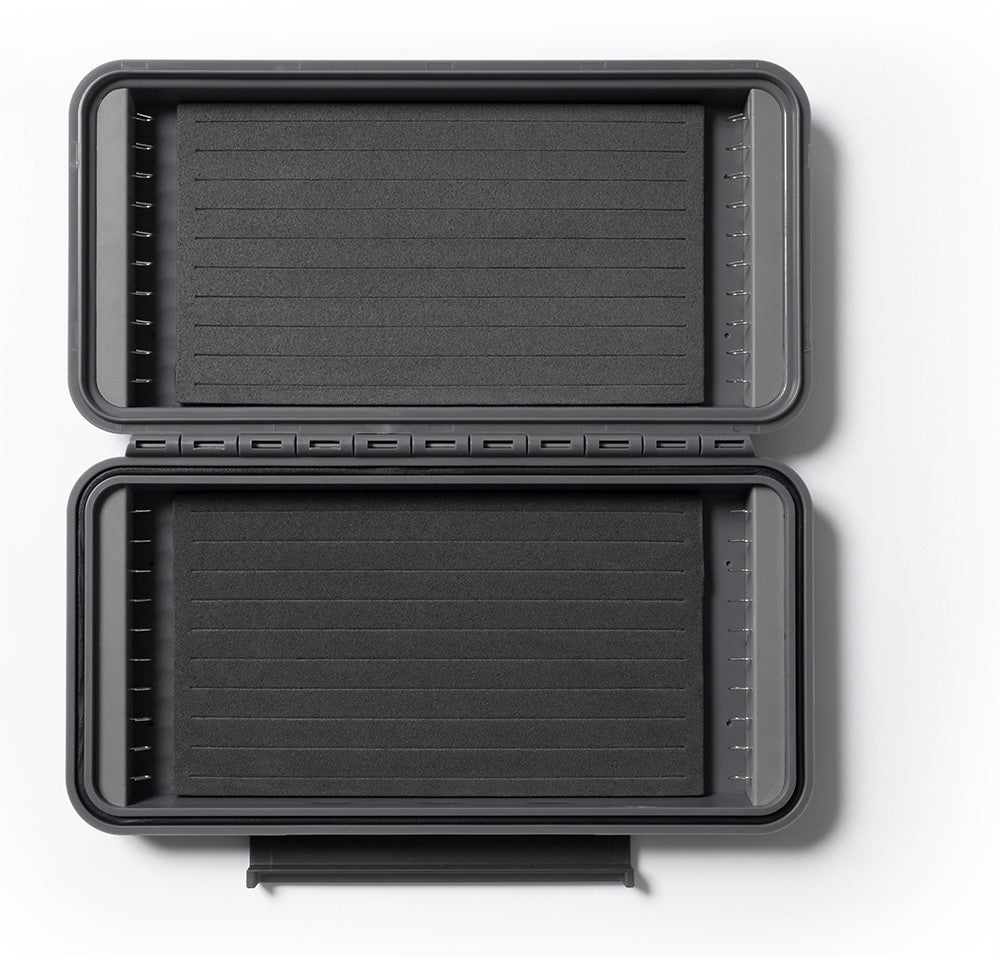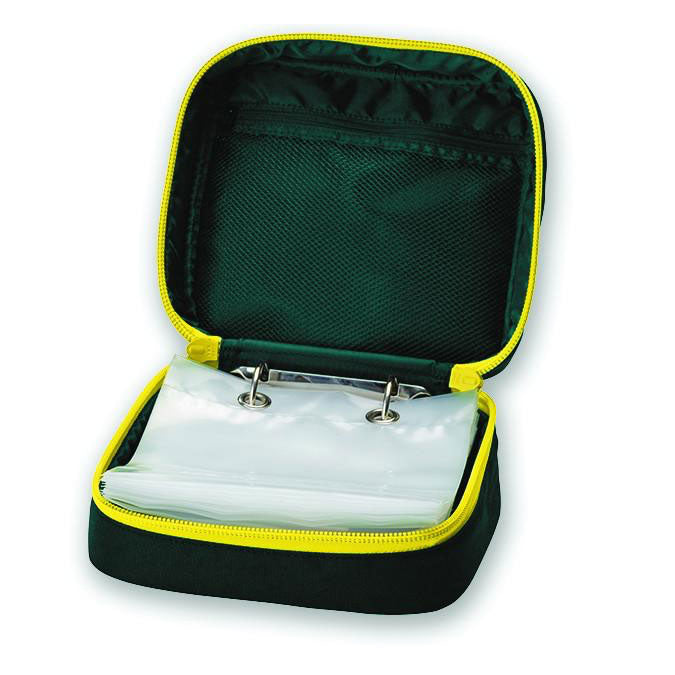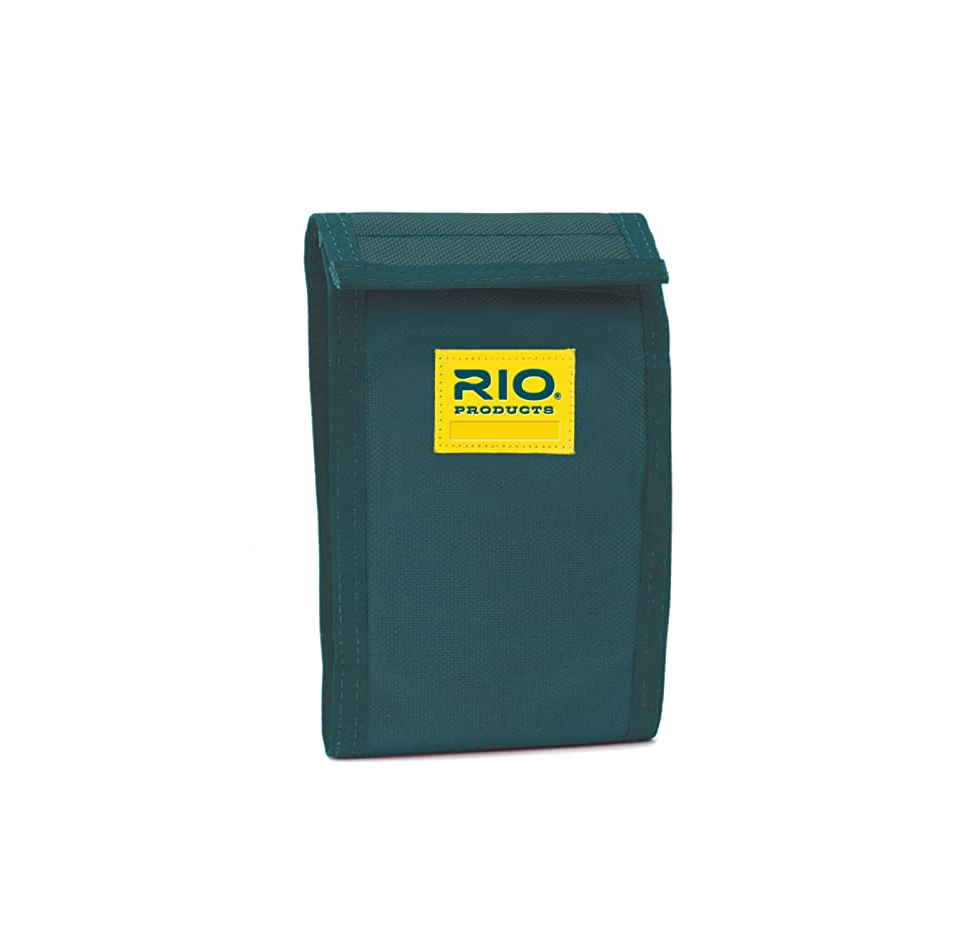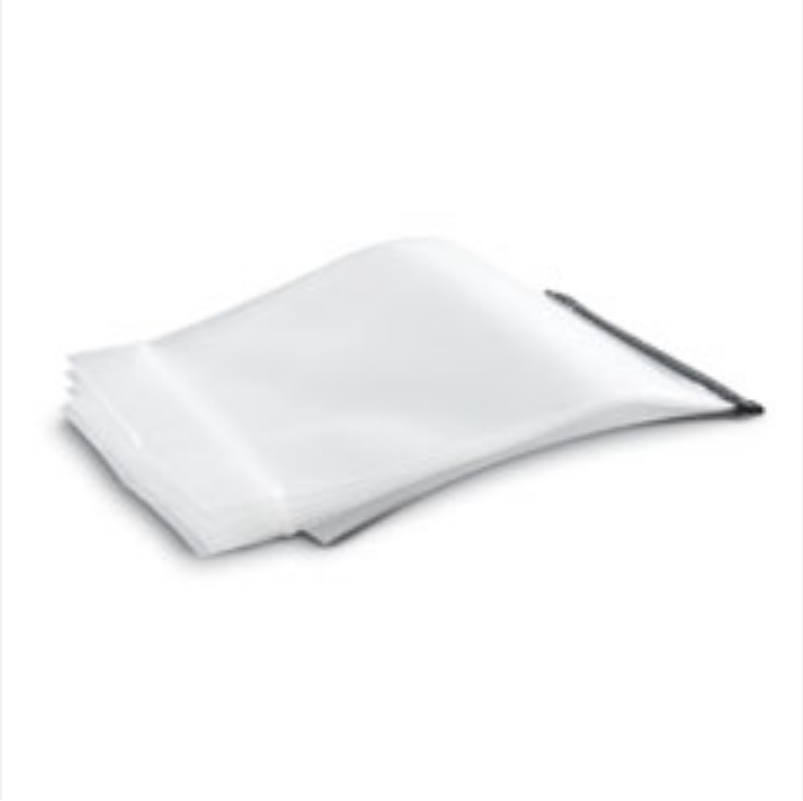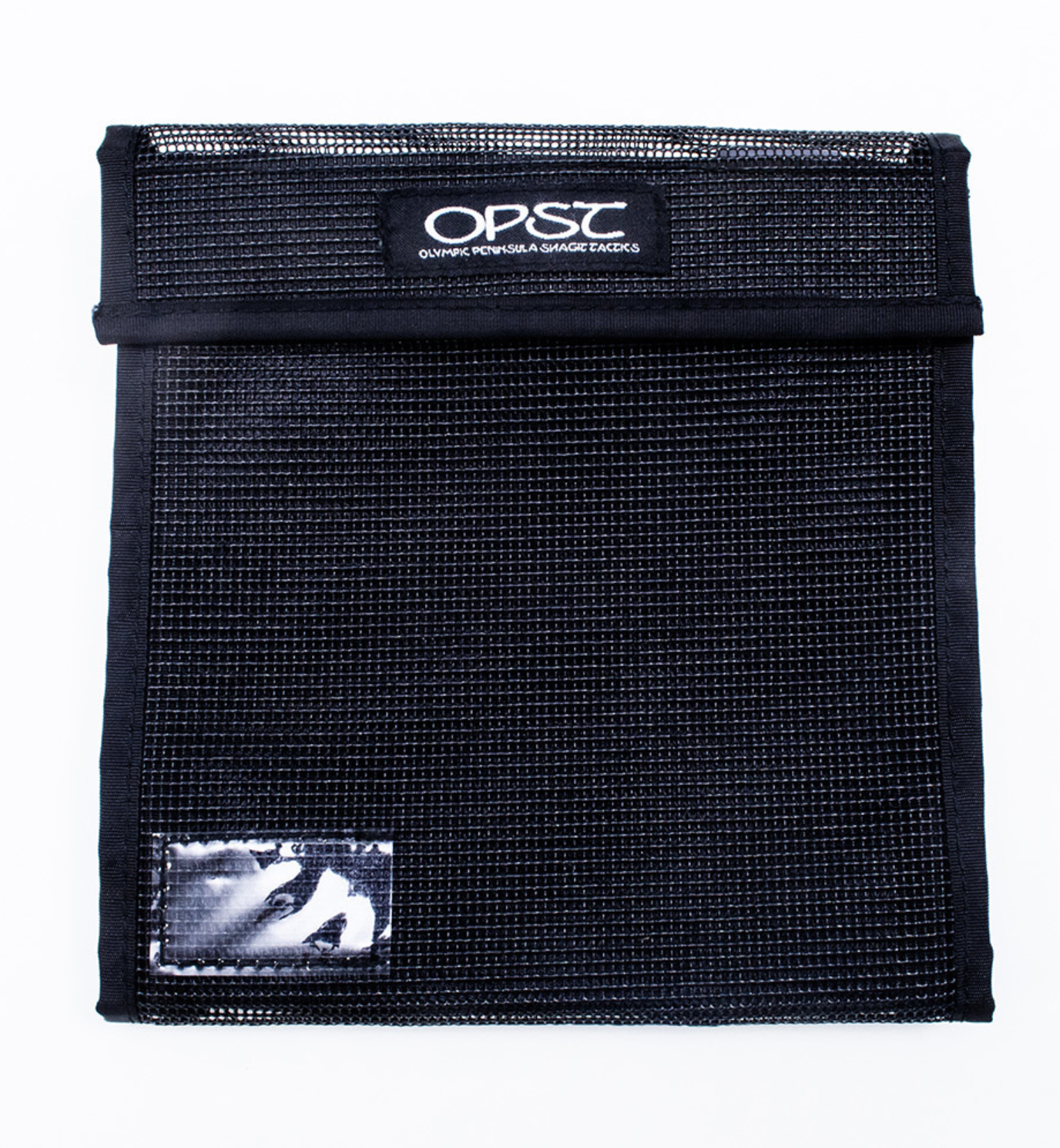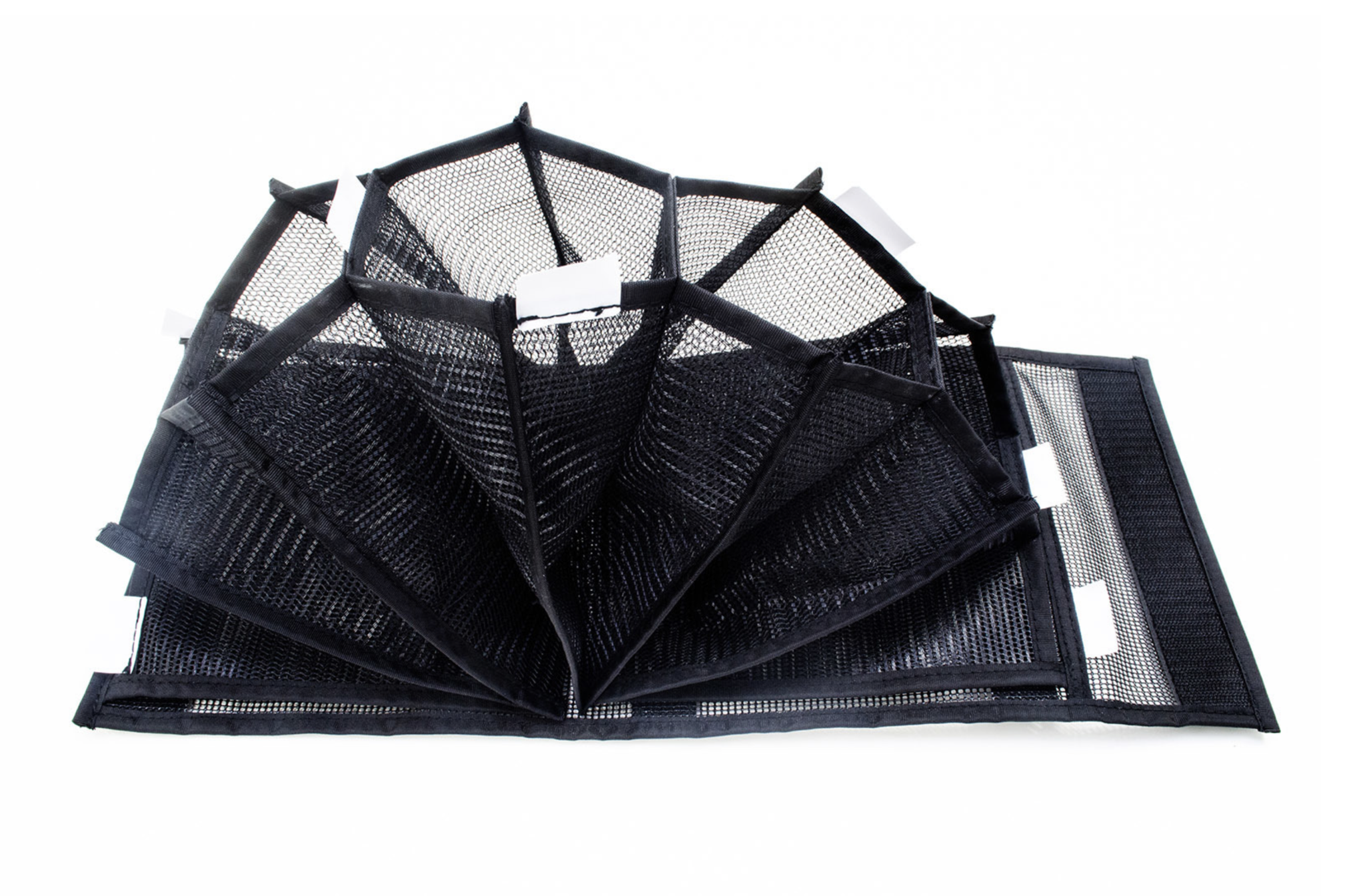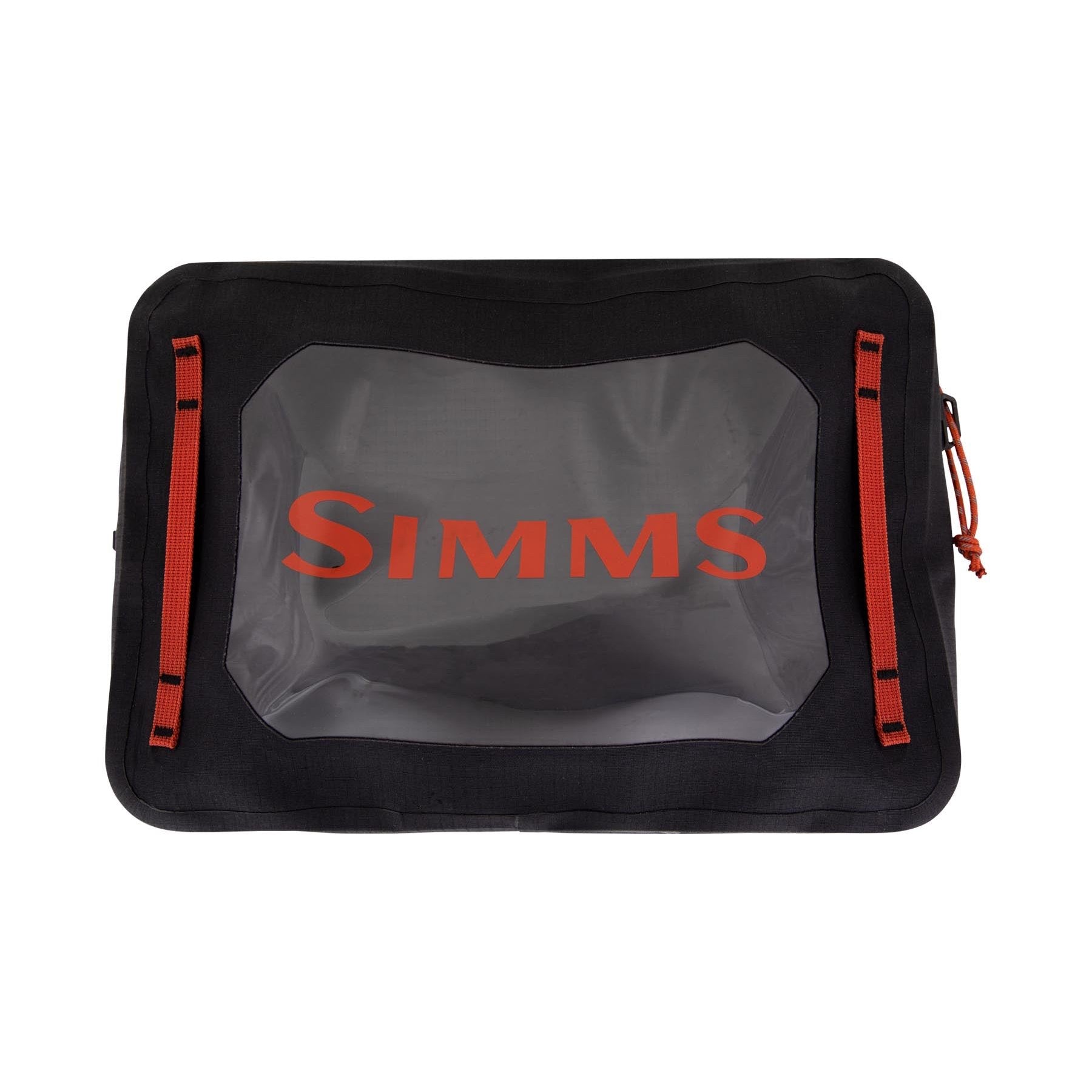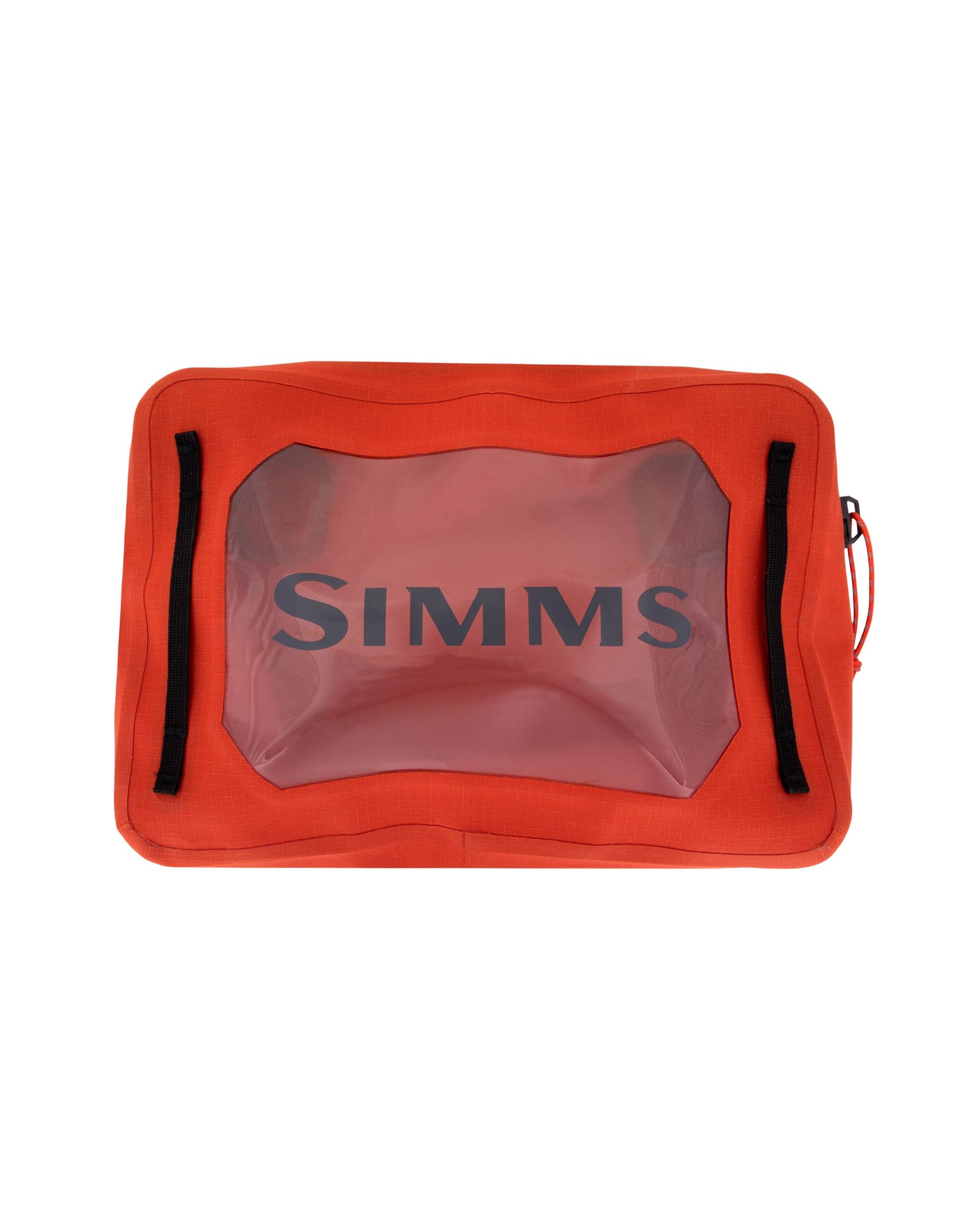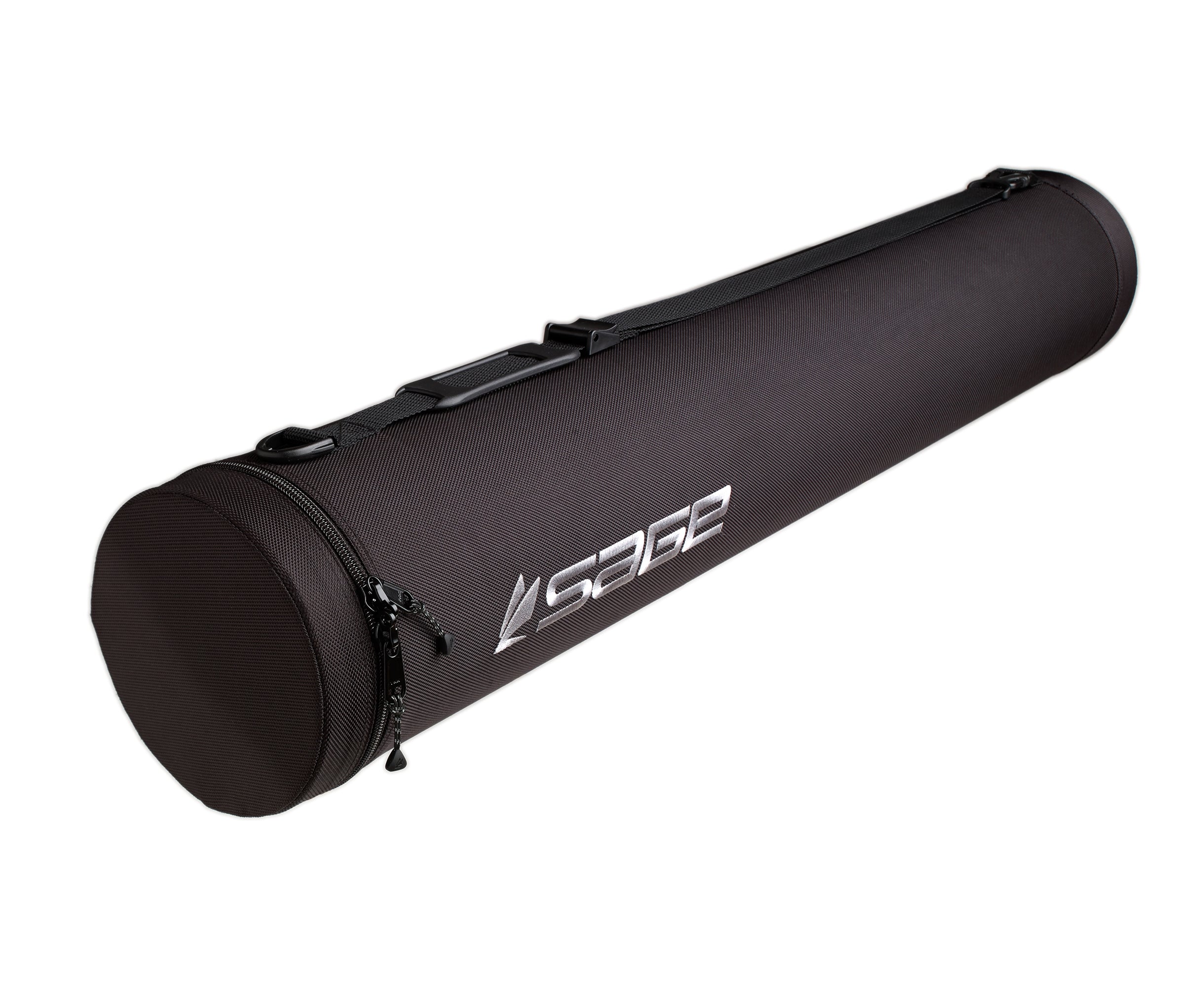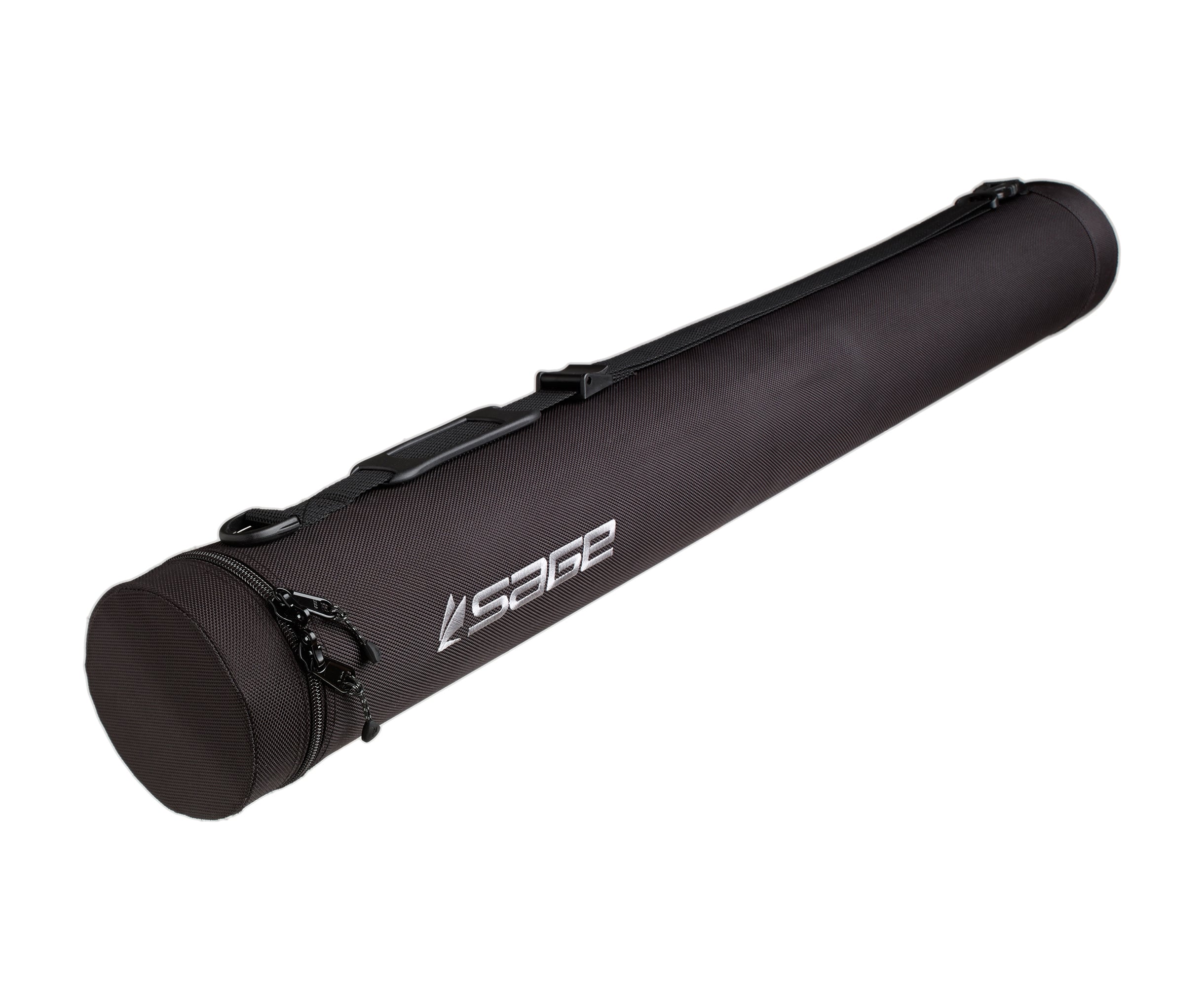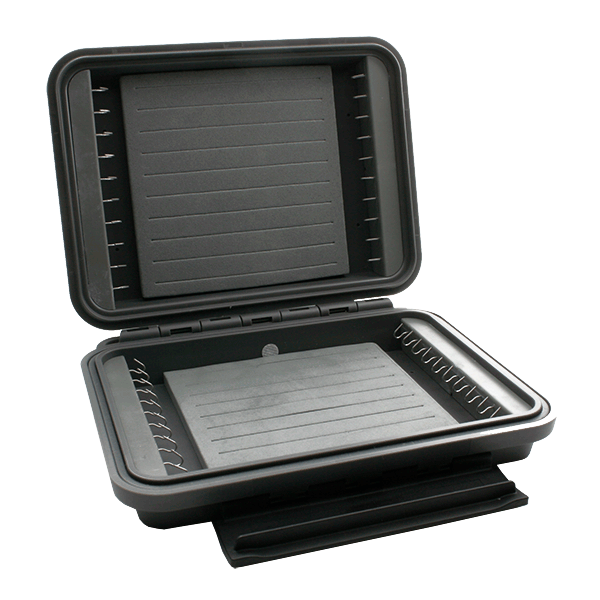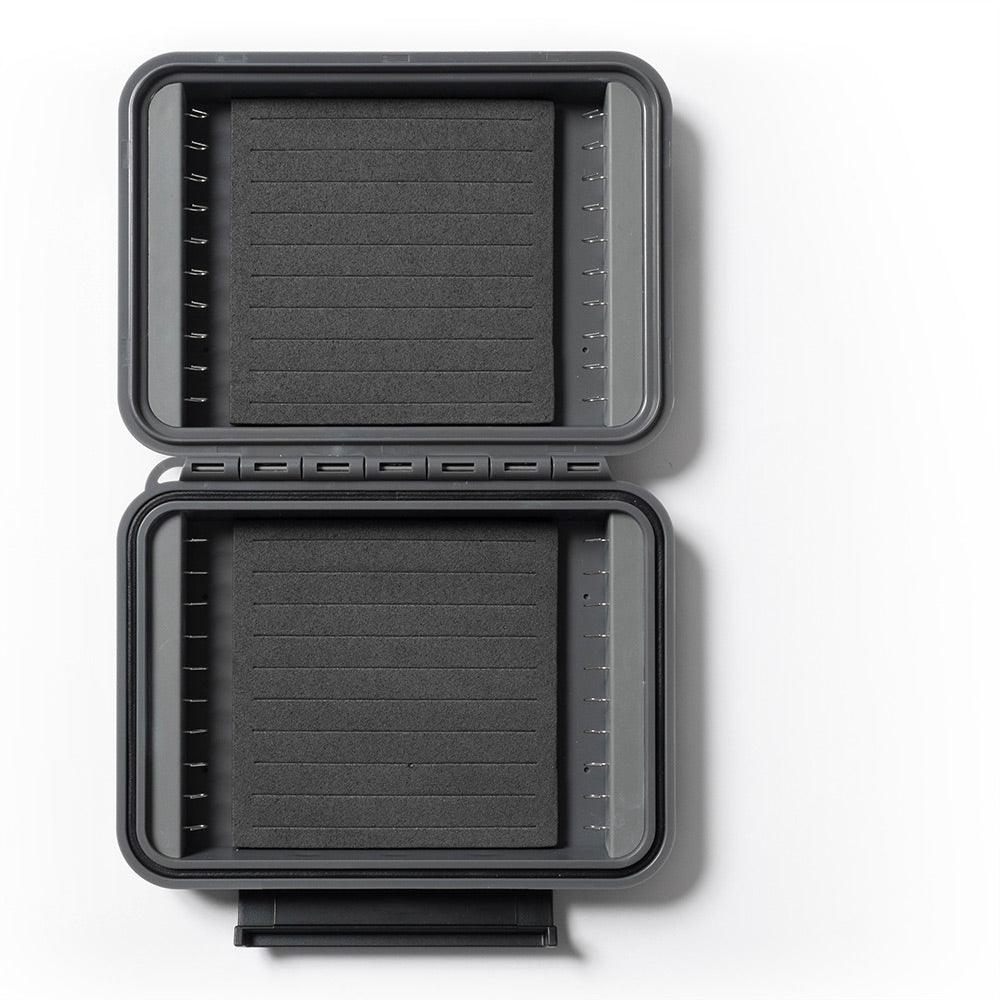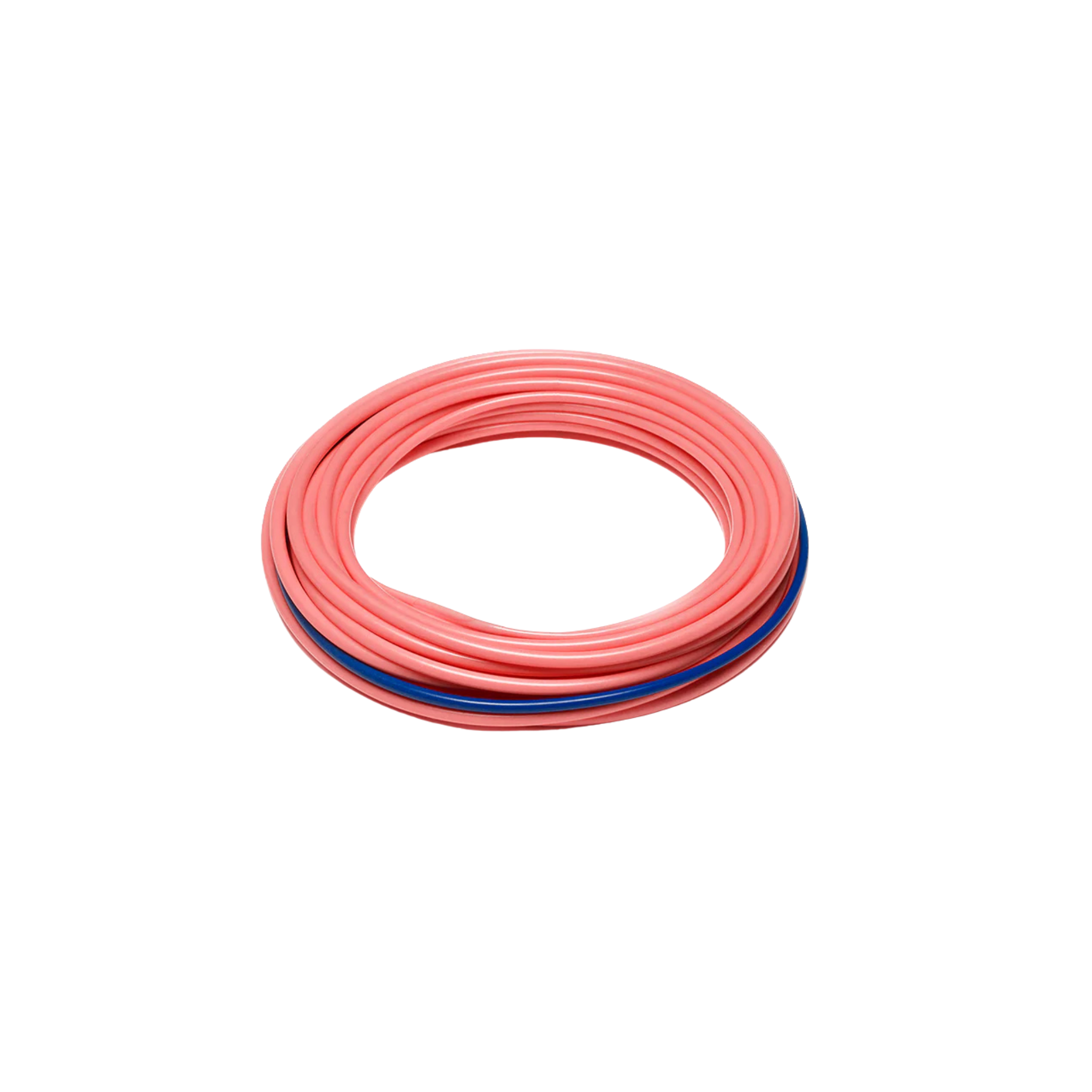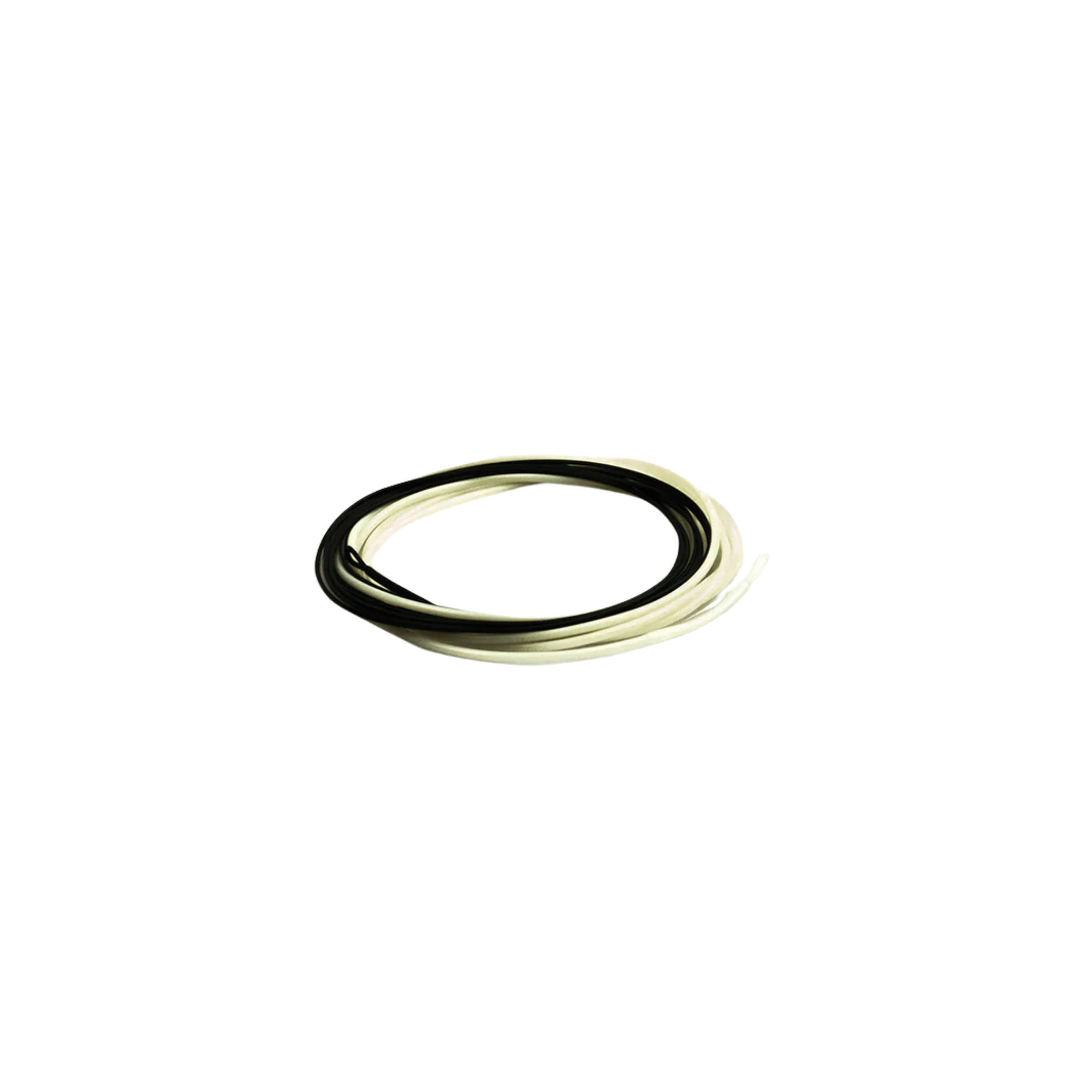For a winter steelhead setup, start simple: A rod that will cast a 525–550gr Skagit head, A 10ft T-14 sink tip, and a light tip
And most importantly, time on the water. If you fish often and stay persistent, you’ll find fish. Steelhead fishing is “easy” when fish are around—it’s all about being there when they are.
If you’re traveling for guided trips, arrive prepared. Guides fish their beats hundreds of times and know from experience exactly what sink tips work best in each run.
If you’re a gear nerd and want to dig deeper, read on.

The Difference Between Scandi and Skagit Heads
Anatomy of a Spey Line System

Anatomy of a Spey Line System

Methods to Sink Your Fly
The goal isn’t always to get your fly as deep as possible, but rather to present it in the zone where fish are holding. Getting down even a few feet in heavy current can be tricky. Depth matters more when the water is cold or off-color—conditions where fish are less likely to move to your fly.
Here are a few methods to control sink rate and depth:
Sink Tips
A longer sink tip helps get your fly down—and keep it down—throughout the swing. We consider a long sink tip to be about 12.5–15 feet.
Sink Time
Casting at a 90-degree angle or greater gives your fly and tip more time to sink into the water. You can also step downstream after casting or feed line into the drift to achieve more sink time.
Leader Length / Fly Weight
A long leader (4–7ft) with a heavy fly sinks faster but is harder to cast because the mass is farther from the sink tip and head.
A shorter leader (2.5–3.5ft) with a light fly helps keep the fly tethered to the sink tip and prevents it from riding above.
Sinking Heads
Traditional Skagit heads (like Rio Skagit Max) float, but others—such as Airflo FIST and Rio GameChanger heads—incorporate sinking sections to help get your fly down.

Fly Fishing For Steelhead on the Swing
LCO’s Sink Tip Recommendations
Our sink-tip kit—think George Costanza’s wallet—uses the Rio MOW Tip Kit as its base, which includes the gear below.
If you’re buying just the essentials, get the 5ft, 10ft, and 12.5ft tips. They’ll cover 90% of situations.
Ideal for summer dry-fly fishing (e.g., large dries on the North Umpqua). Rarely used in winter. |
|
7.5ft floating + 2.5ft sinking. Great for soft water on the edges—became a go-to after fishing in Russia. |
|
5ft floating + 5ft sinking. A universal, fall-season favorite. |
|
7.5ft sinking + 2.5ft floating. |
|
The workhorse of winter steelhead fishing. |
|
Heavy-duty—gets down fast and stays there. |
Understanding Skagit Heads
Traditional Skagit heads float. Our favorite is the Rio Skagit Max Short Shooting Head, which is perfect for 12.5-foot rods—it requires minimal backcast room and is easy to cast.
Some newer systems add sinking sections for extra depth. Keep in mind:
- Longer heads require more backcast room but track better.
- Shorter heads turn over faster but don’t swing as evenly.
Essential Running Lines
The head gets all the attention—but your running line is what actually sends it flying. It’s the connection between power and presentation, and choosing the right one can make or break your cast. For most steelhead anglers, the sweet spot lies between slick distance and easy handling in cold weather.
Don't Overthink It!
When it comes to steelhead fishing, not all “spey poles” are created equal. The right rod balances power, feel, and forgiveness—especially when you’re casting heavy Skagit heads and sink tips all day. We’ve fished nearly everything out there, but two rods consistently stand out for their performance and value:
Other Gear We Like for Spey Fishing
Spey setups don’t stop at rods, heads, and sink tips. The small stuff—reels, wading gear, line management tools, and accessories—can make a big difference in how your day on the river feels. These are the extras we reach for ourselves: durable, functional, and proven on cold winter mornings when it matters most.

